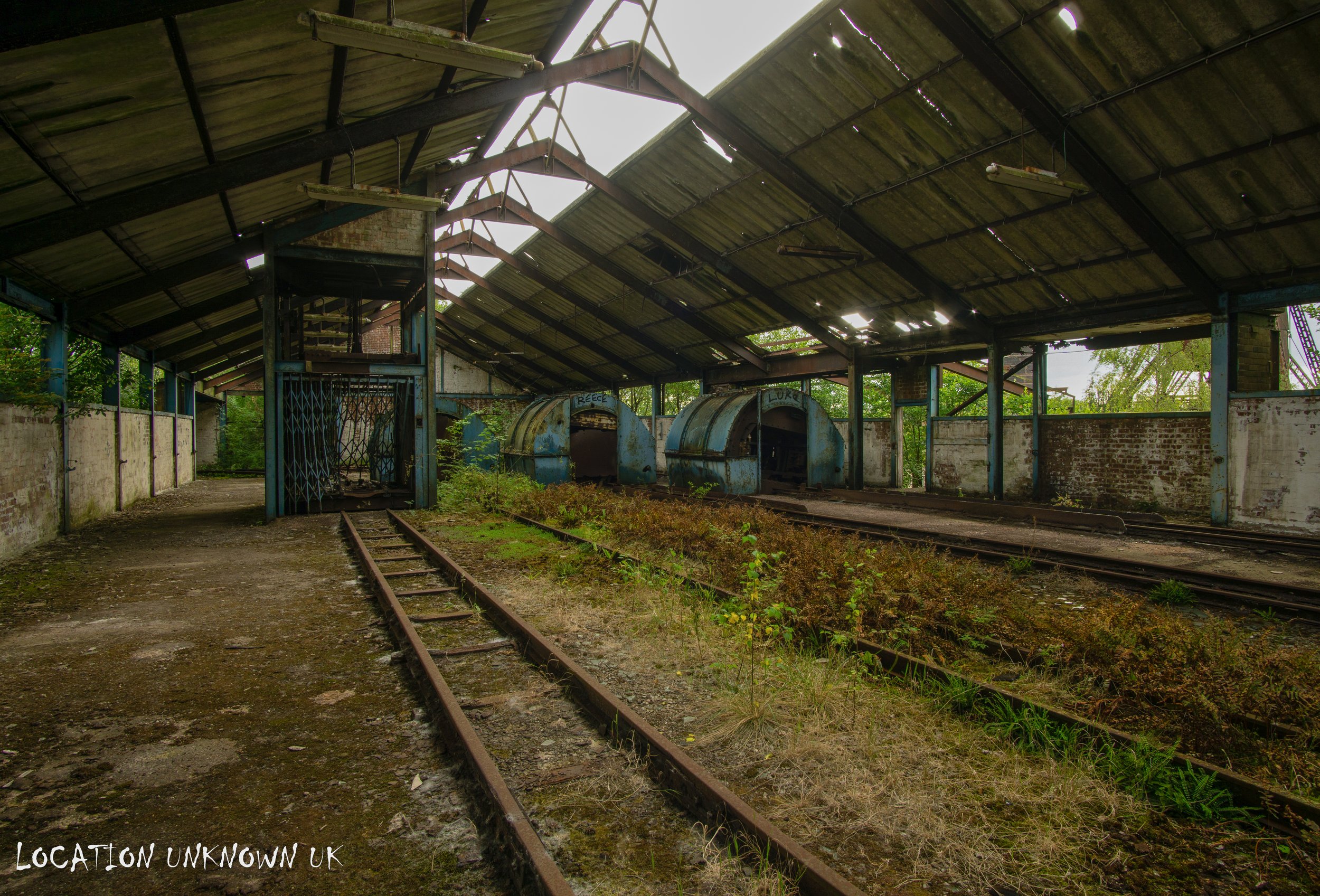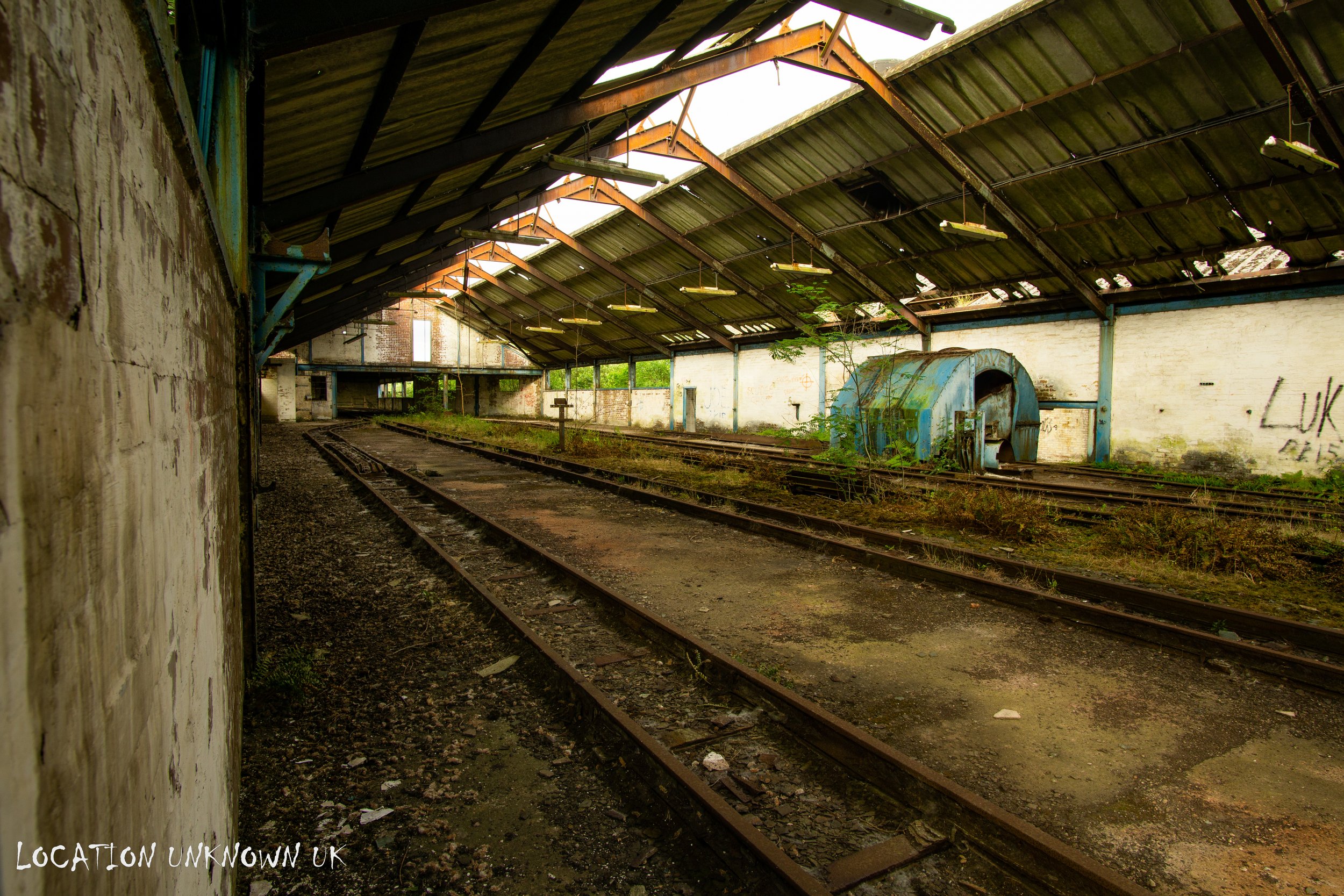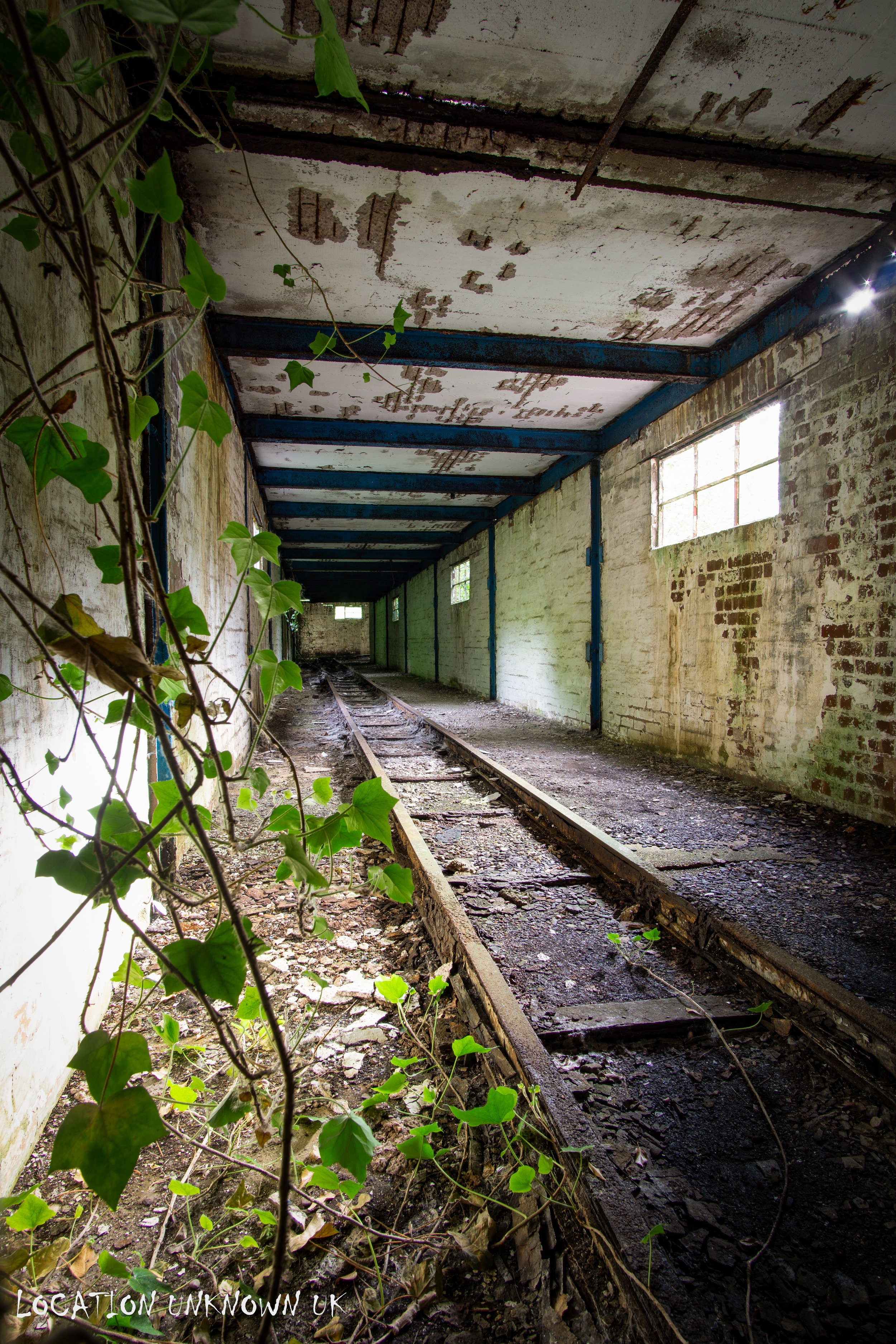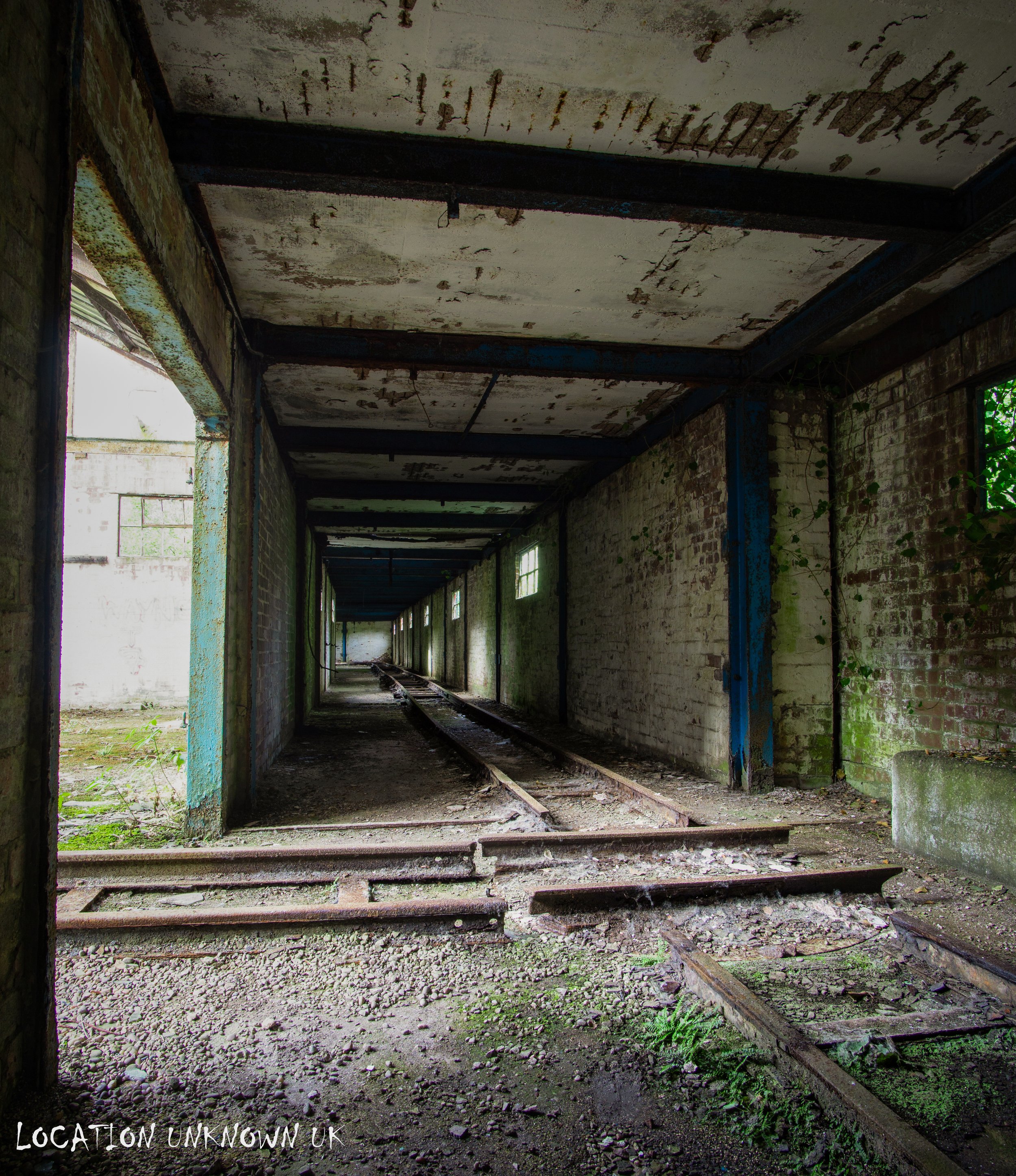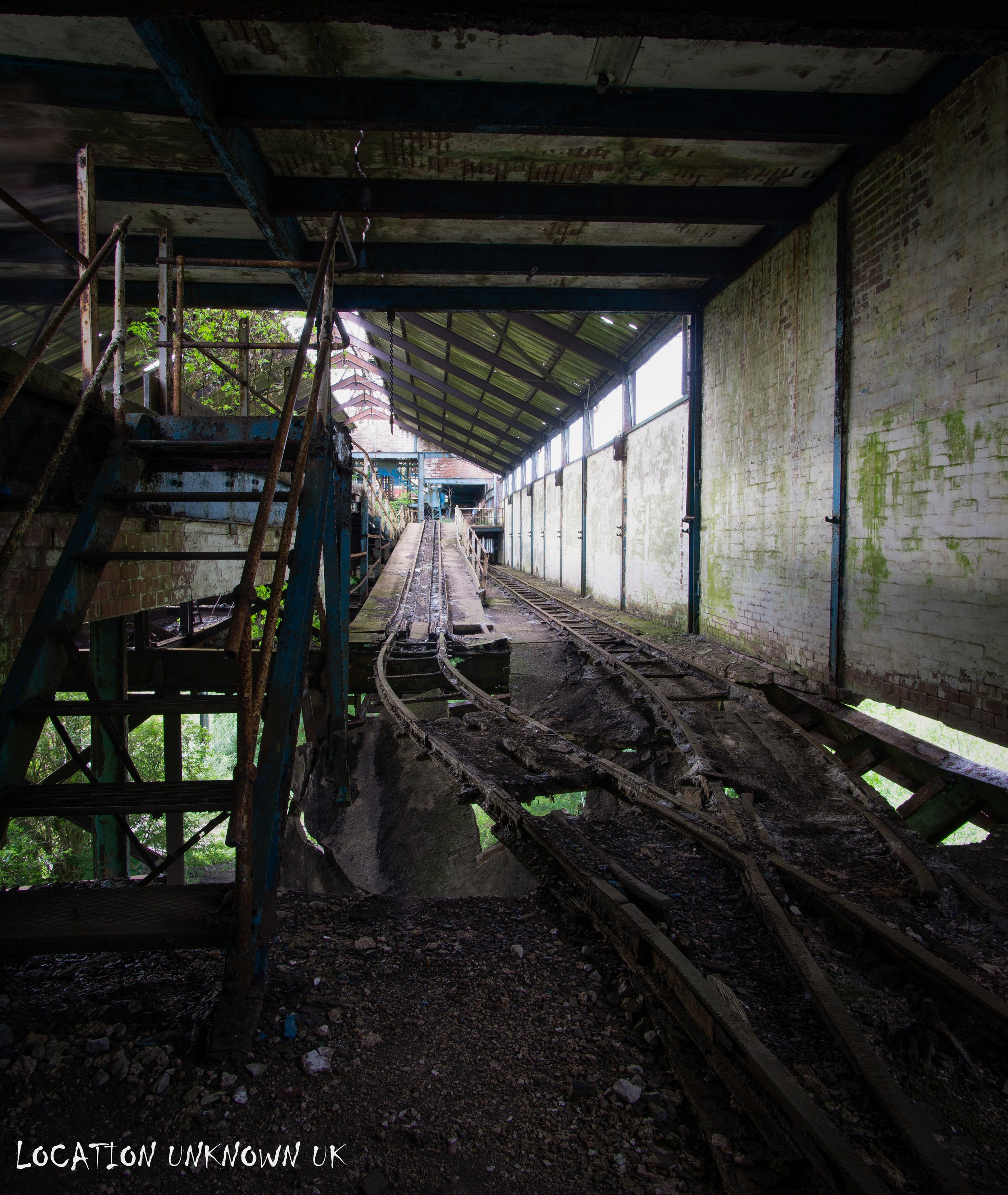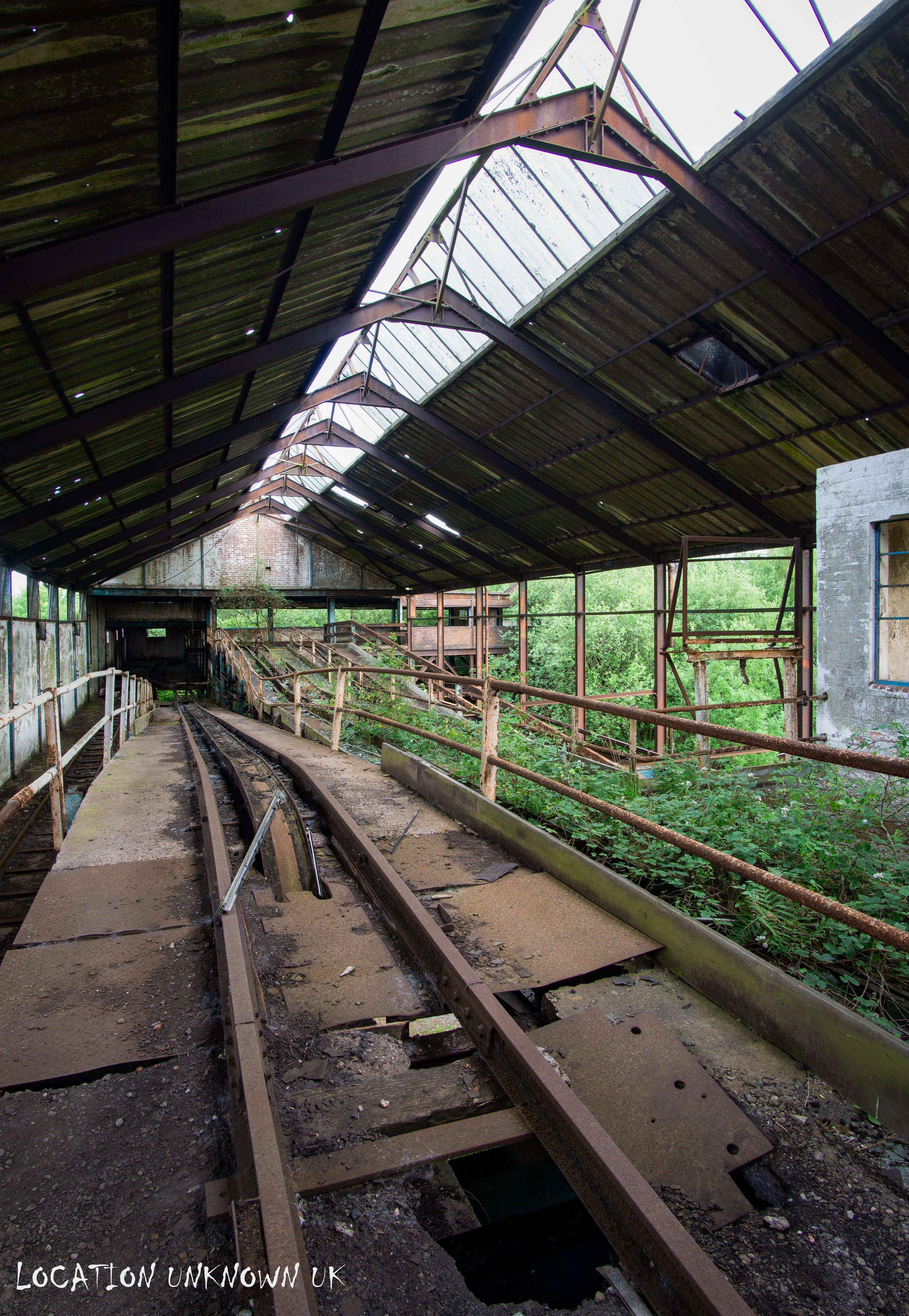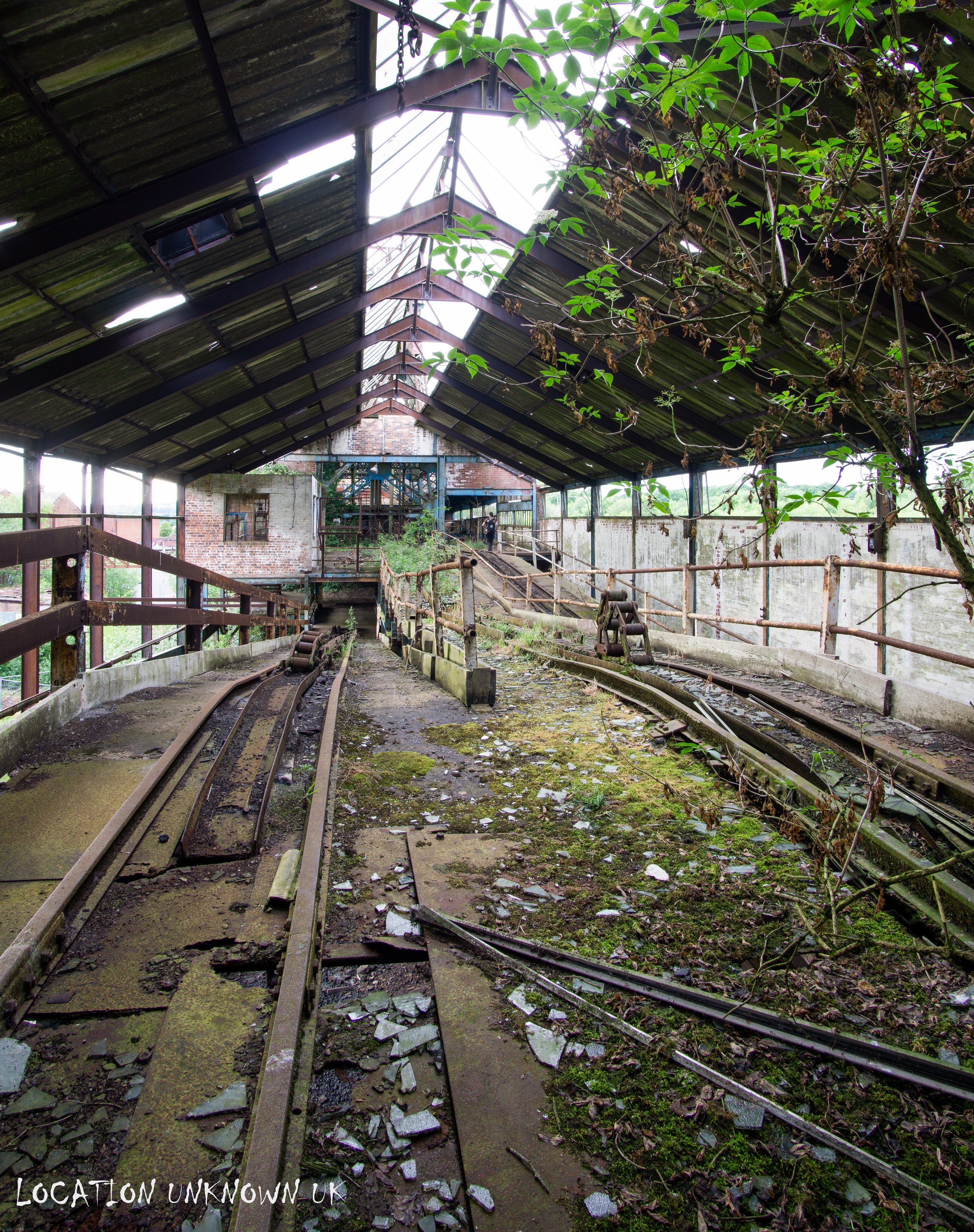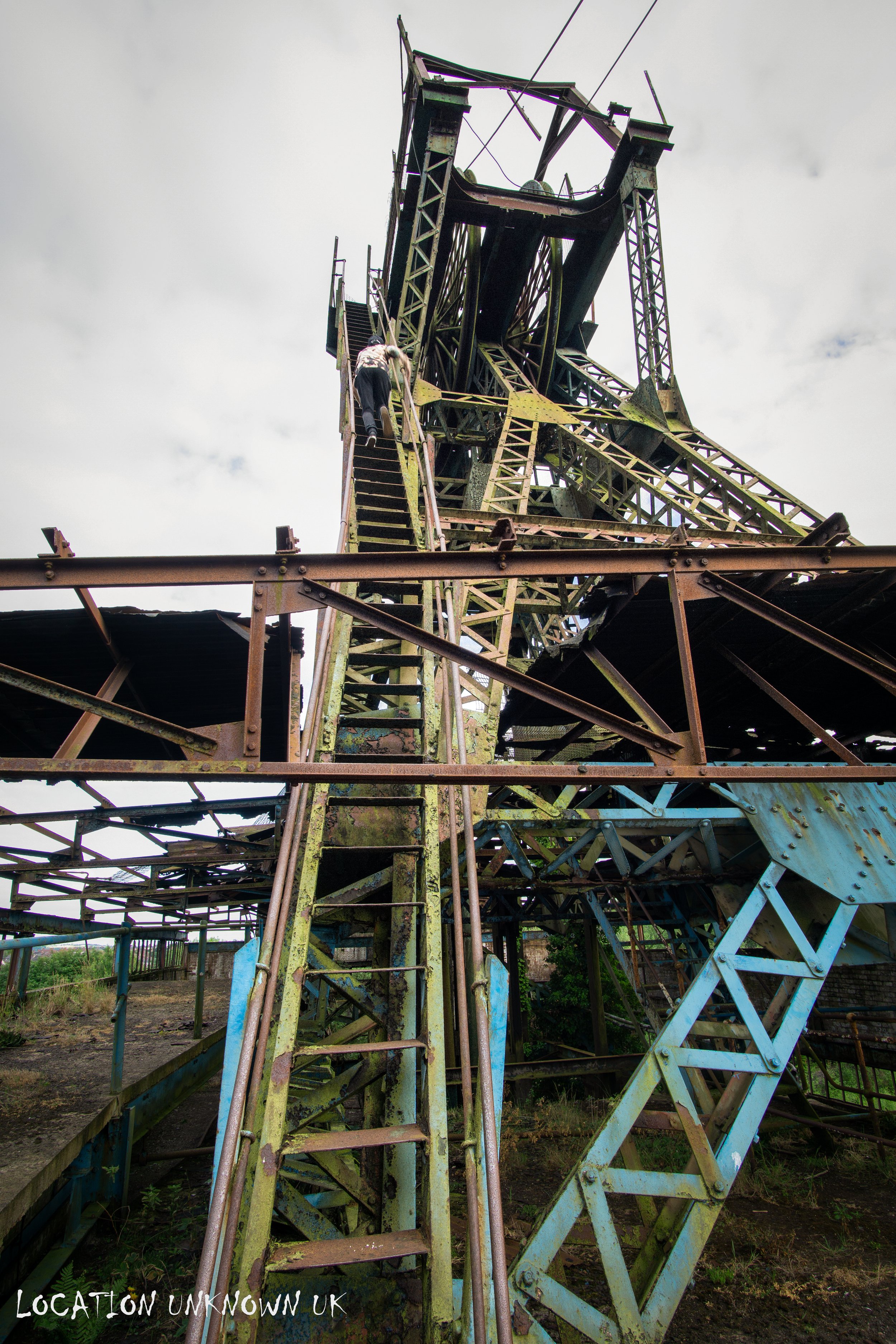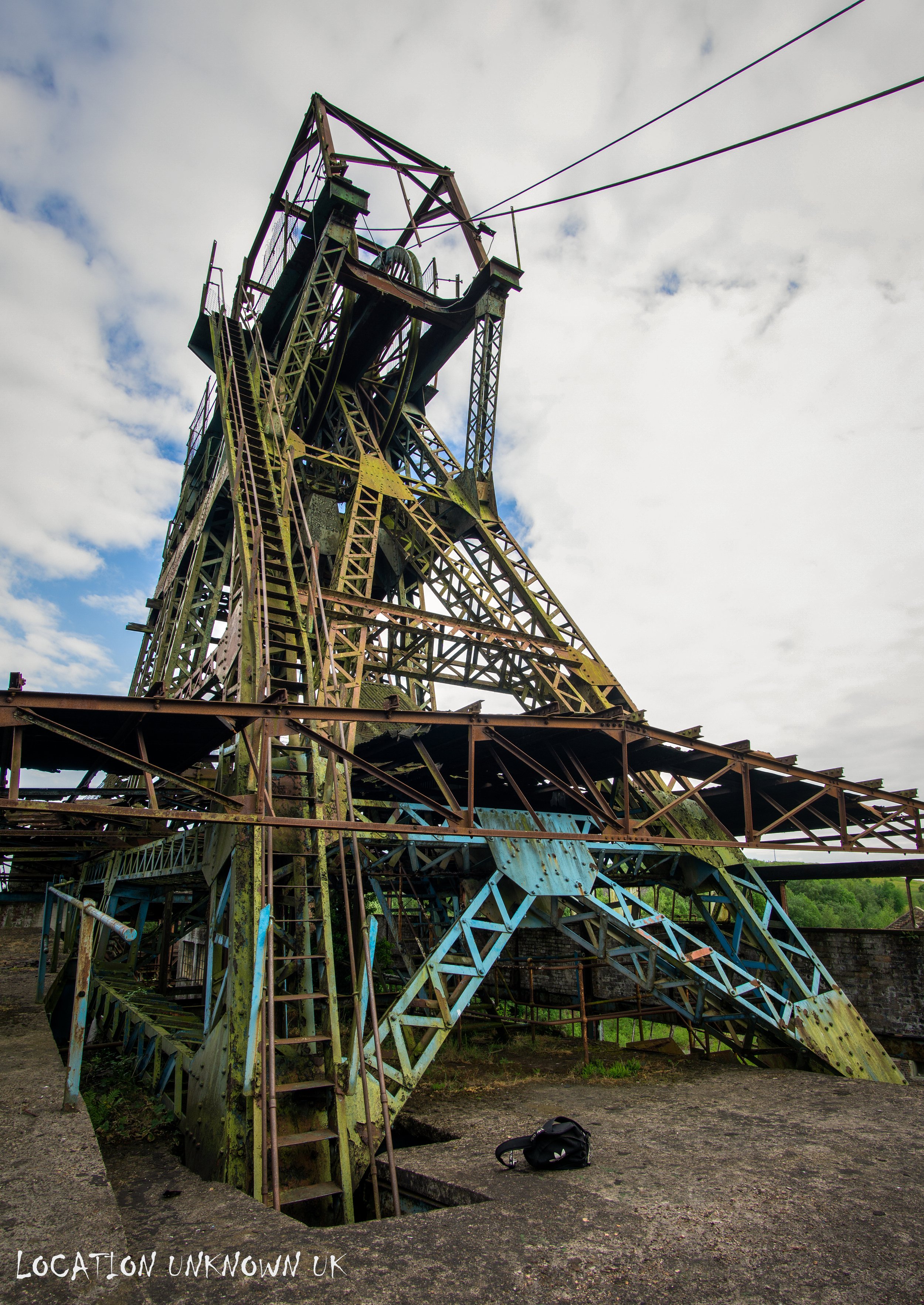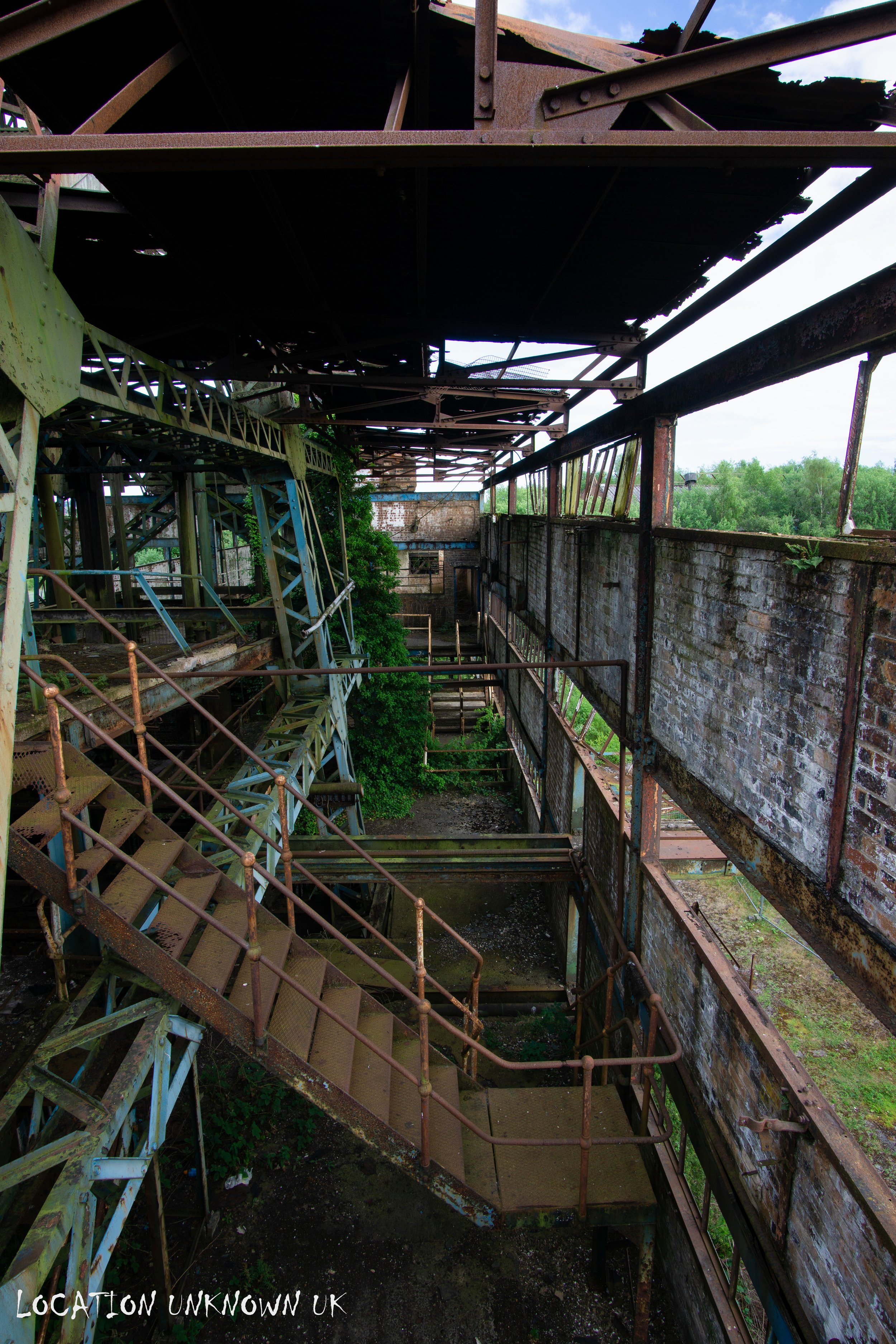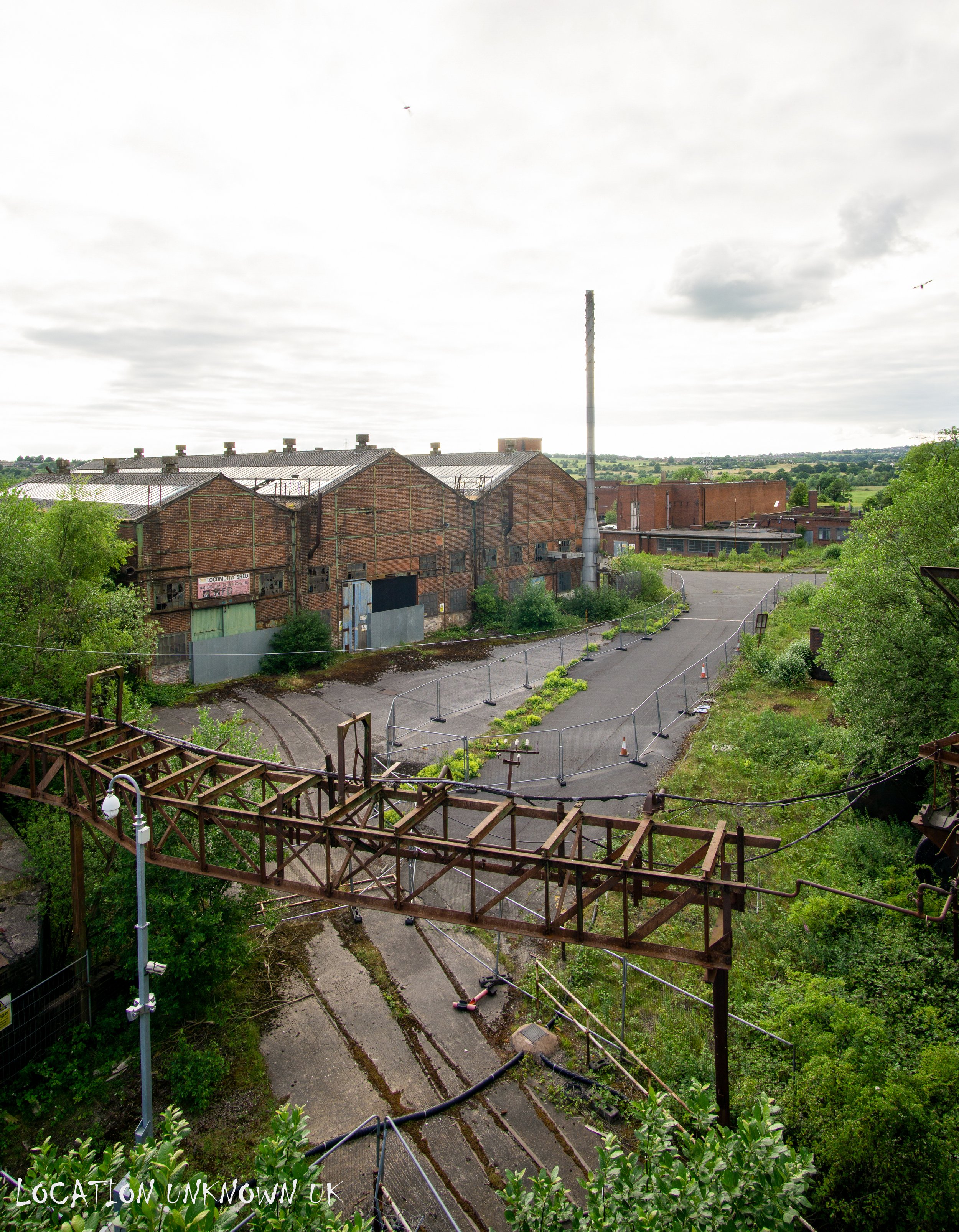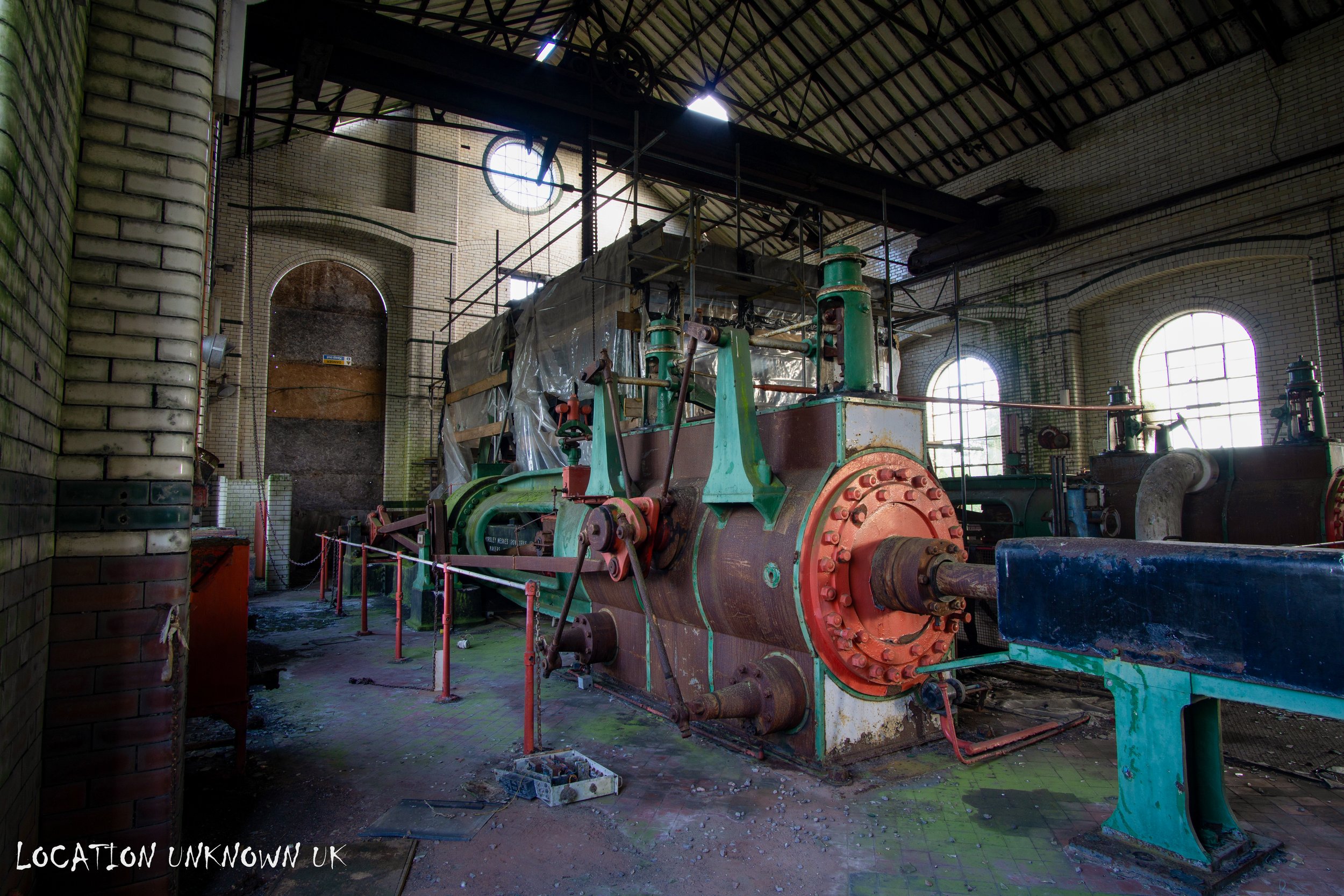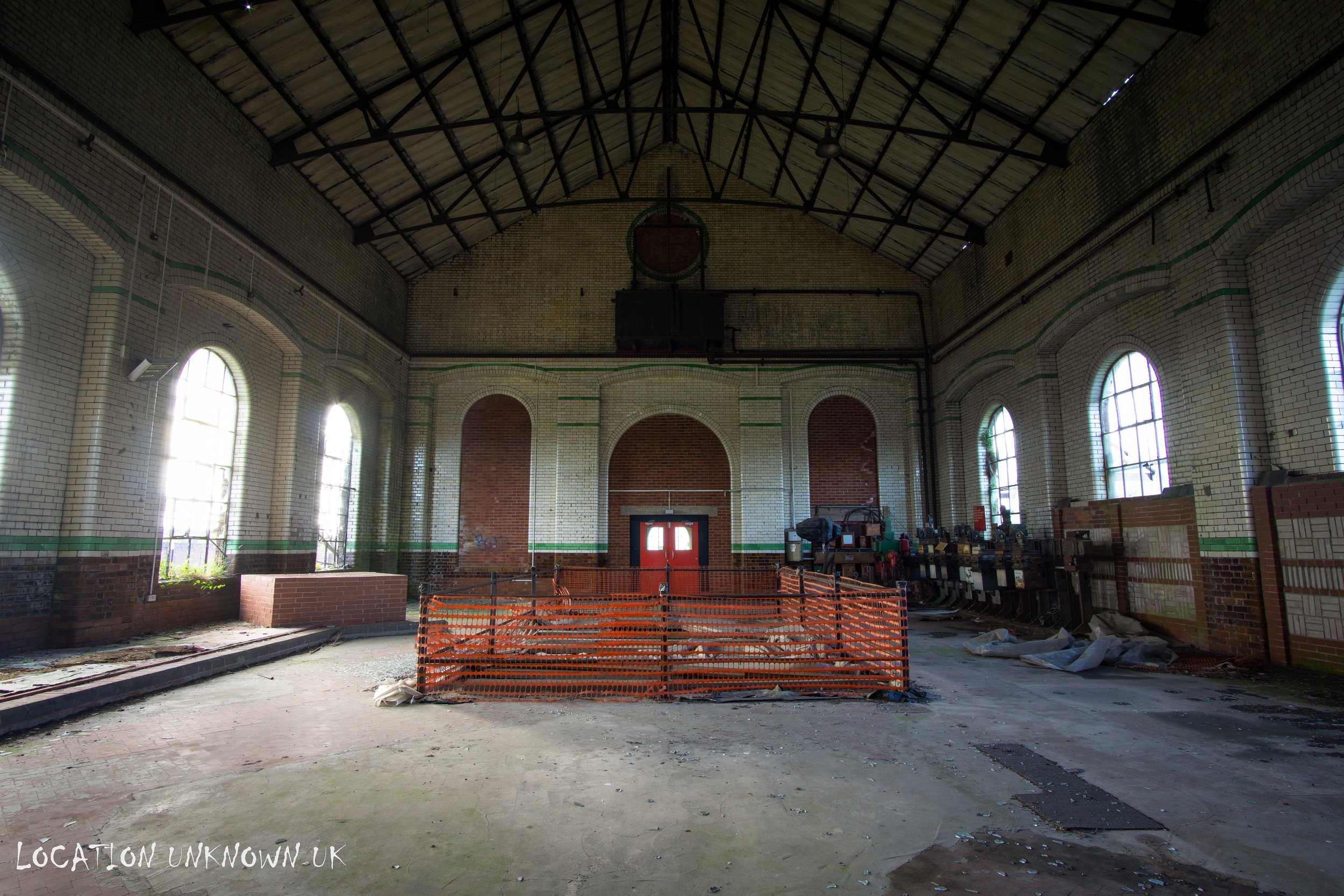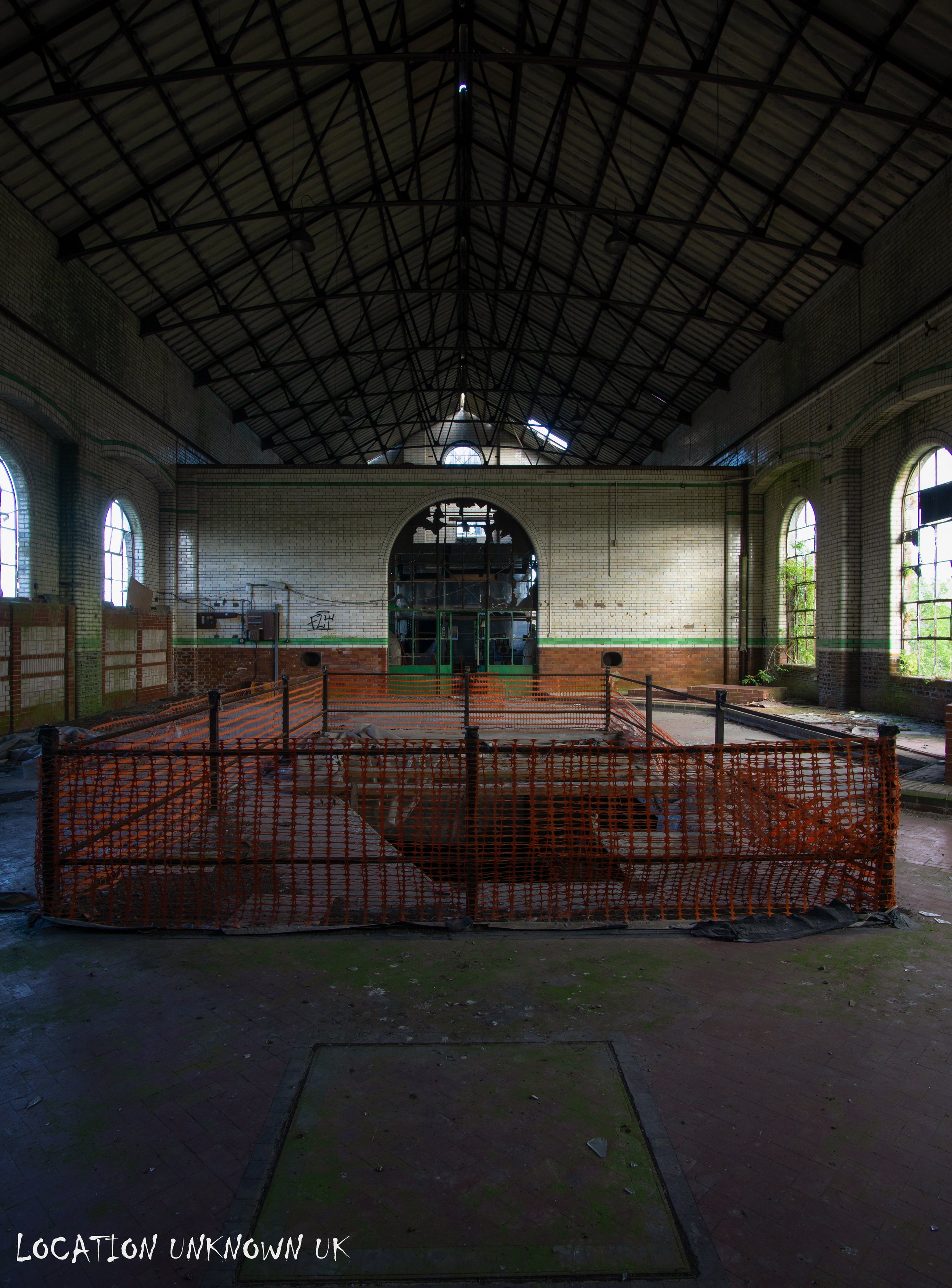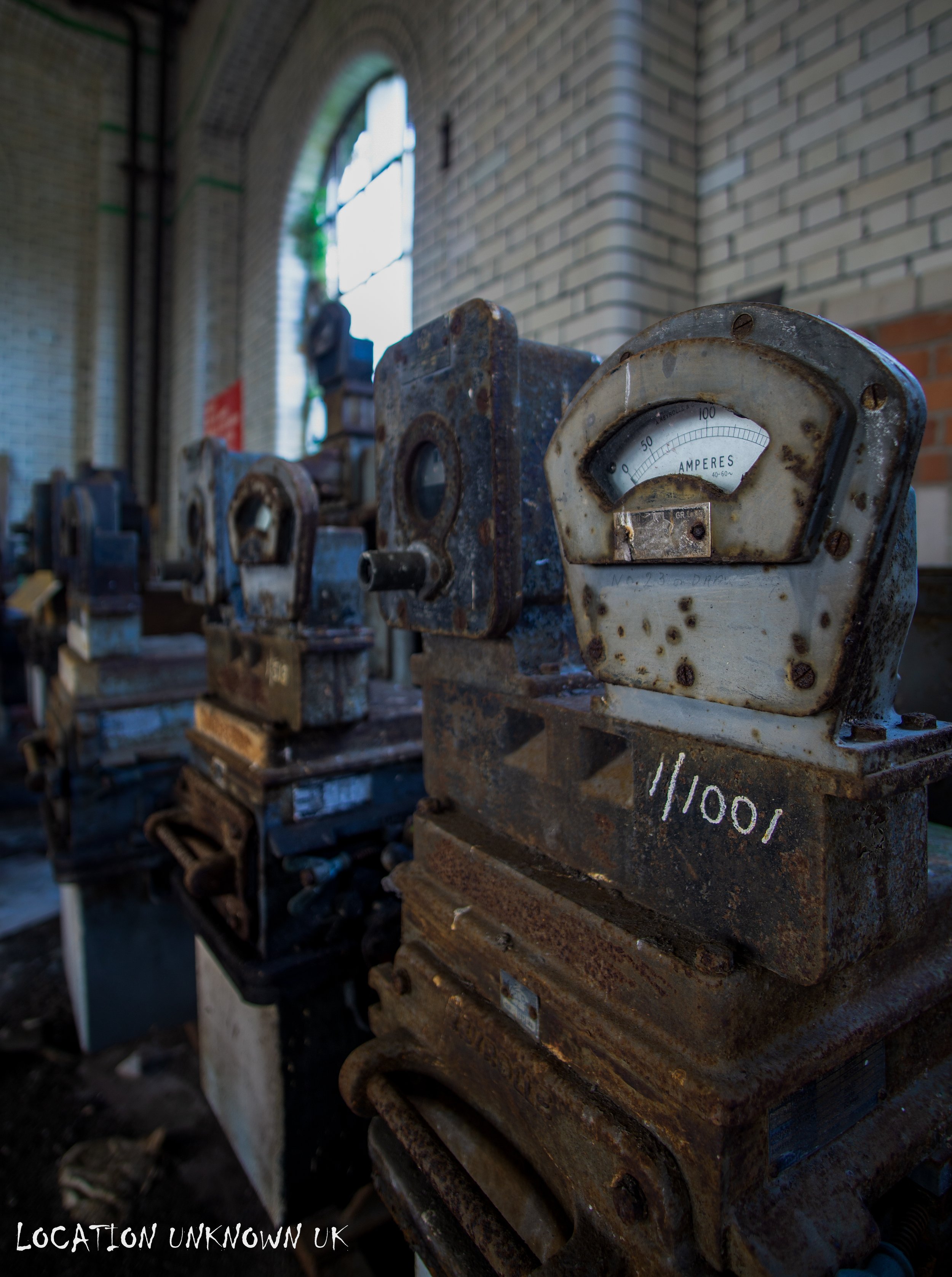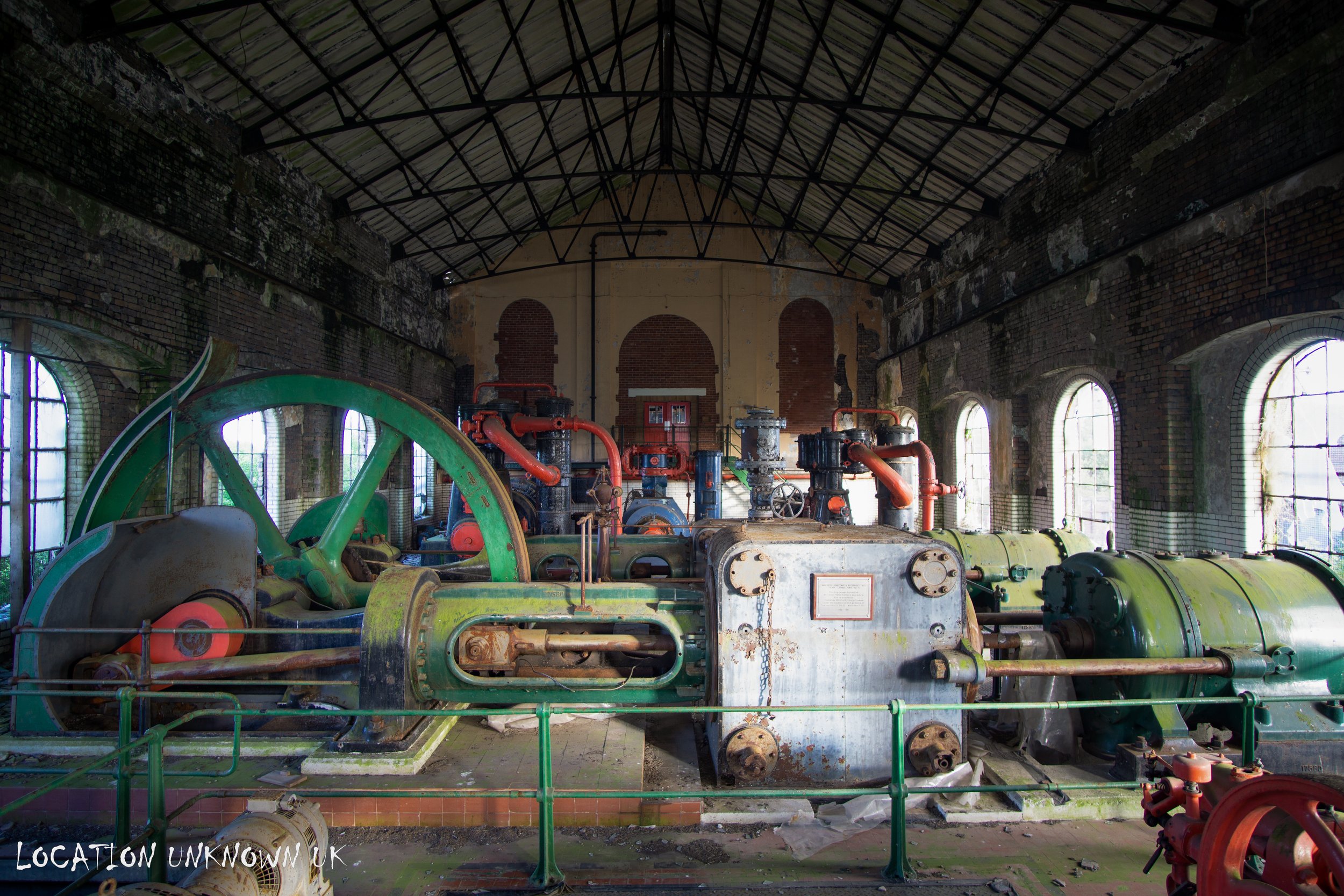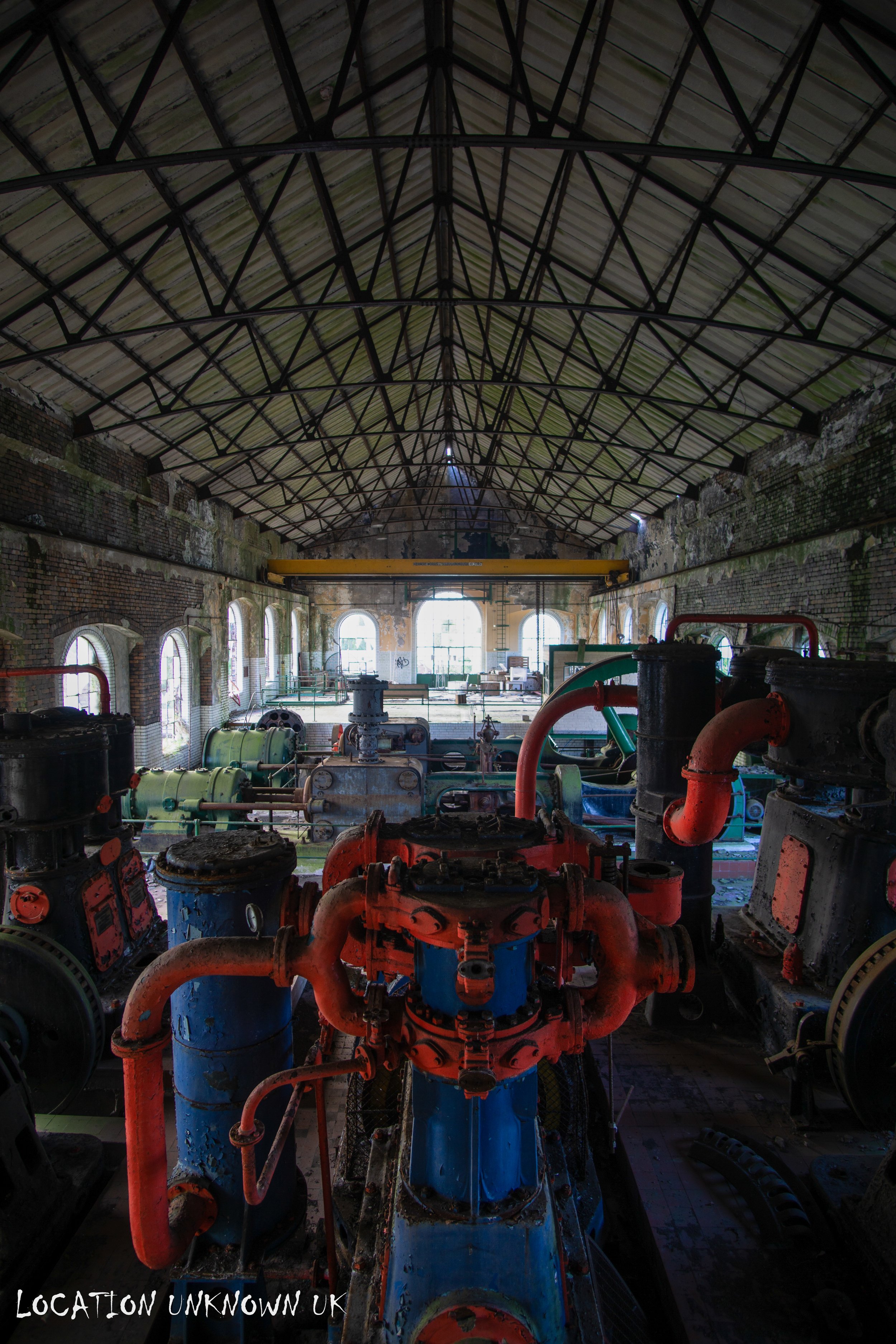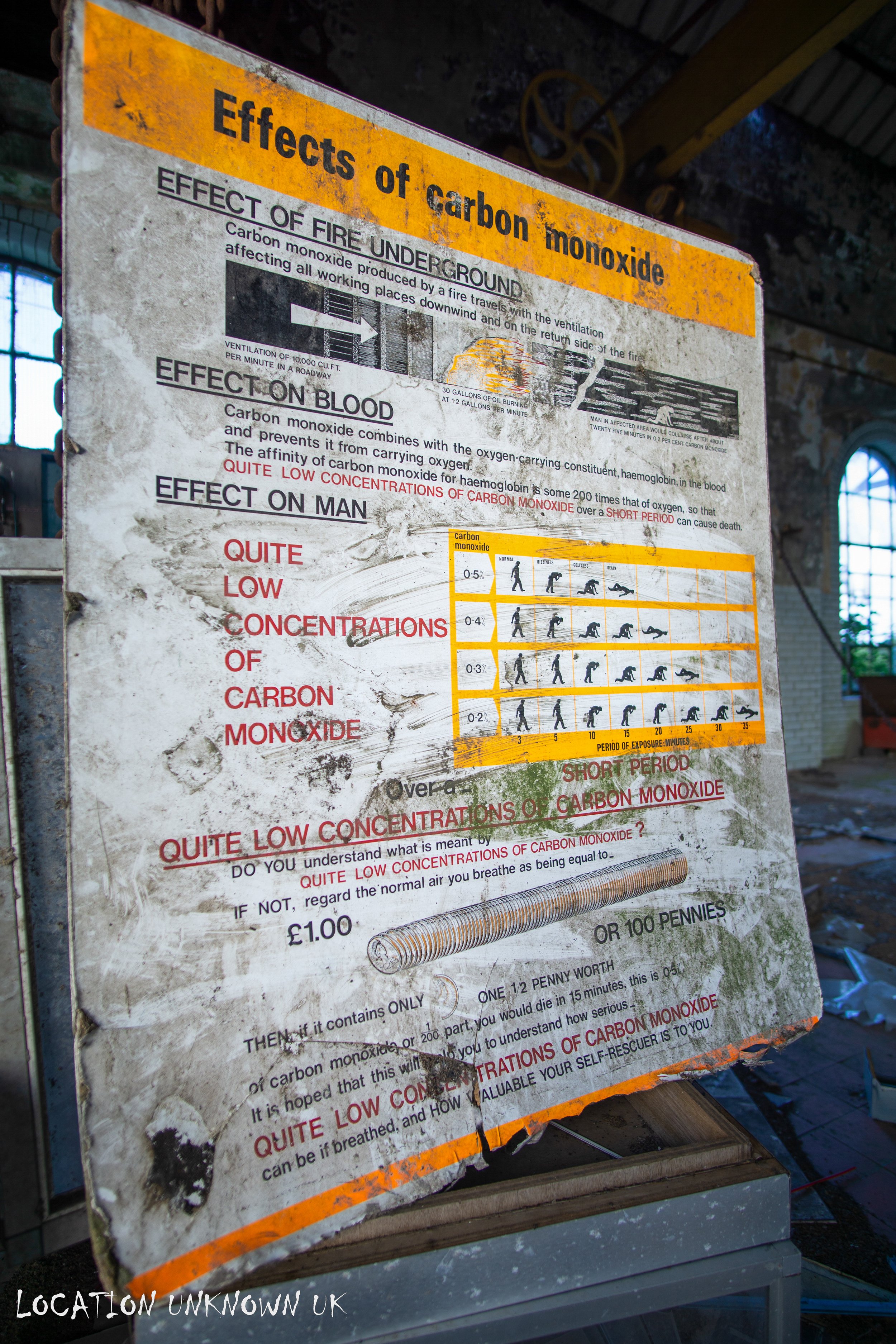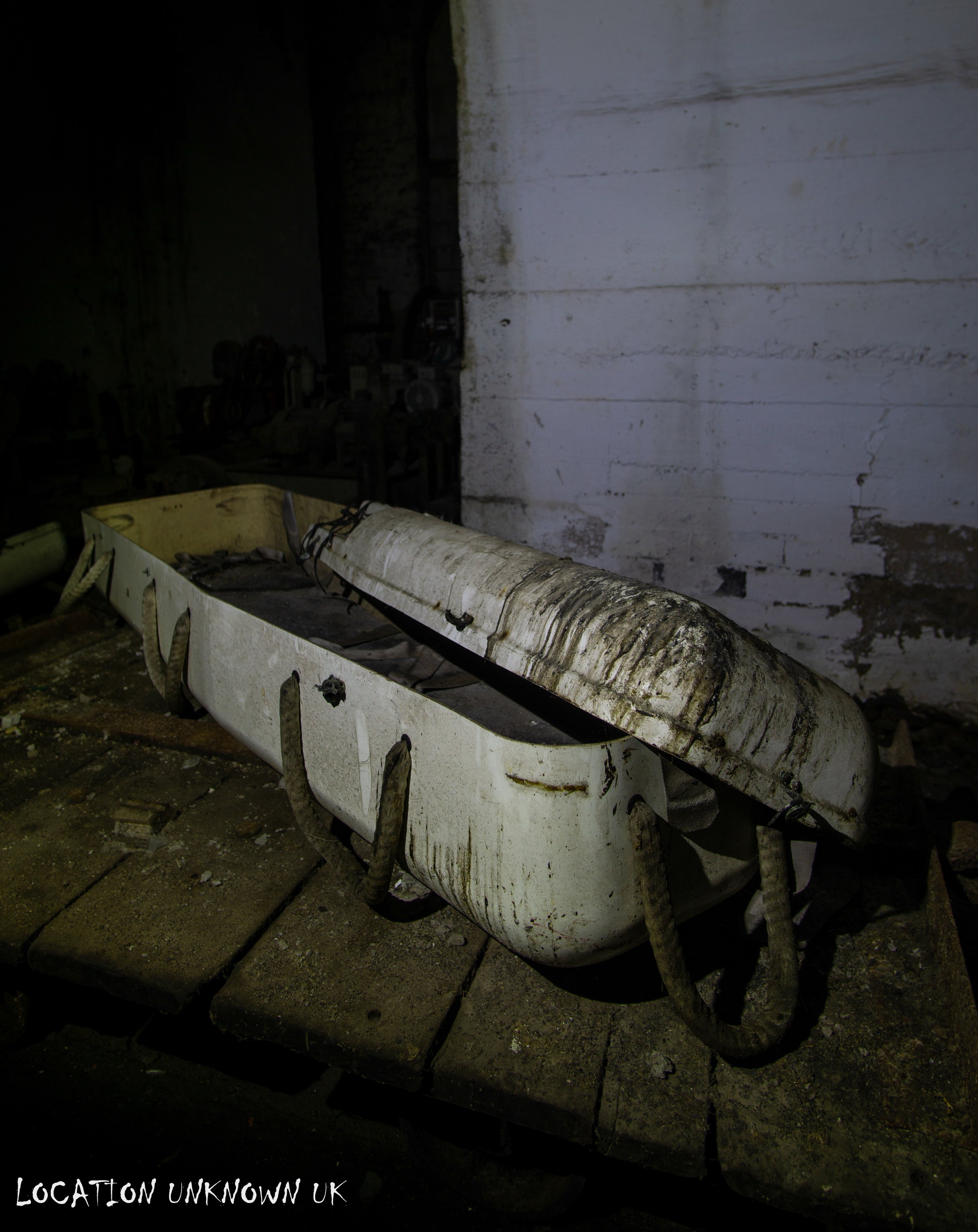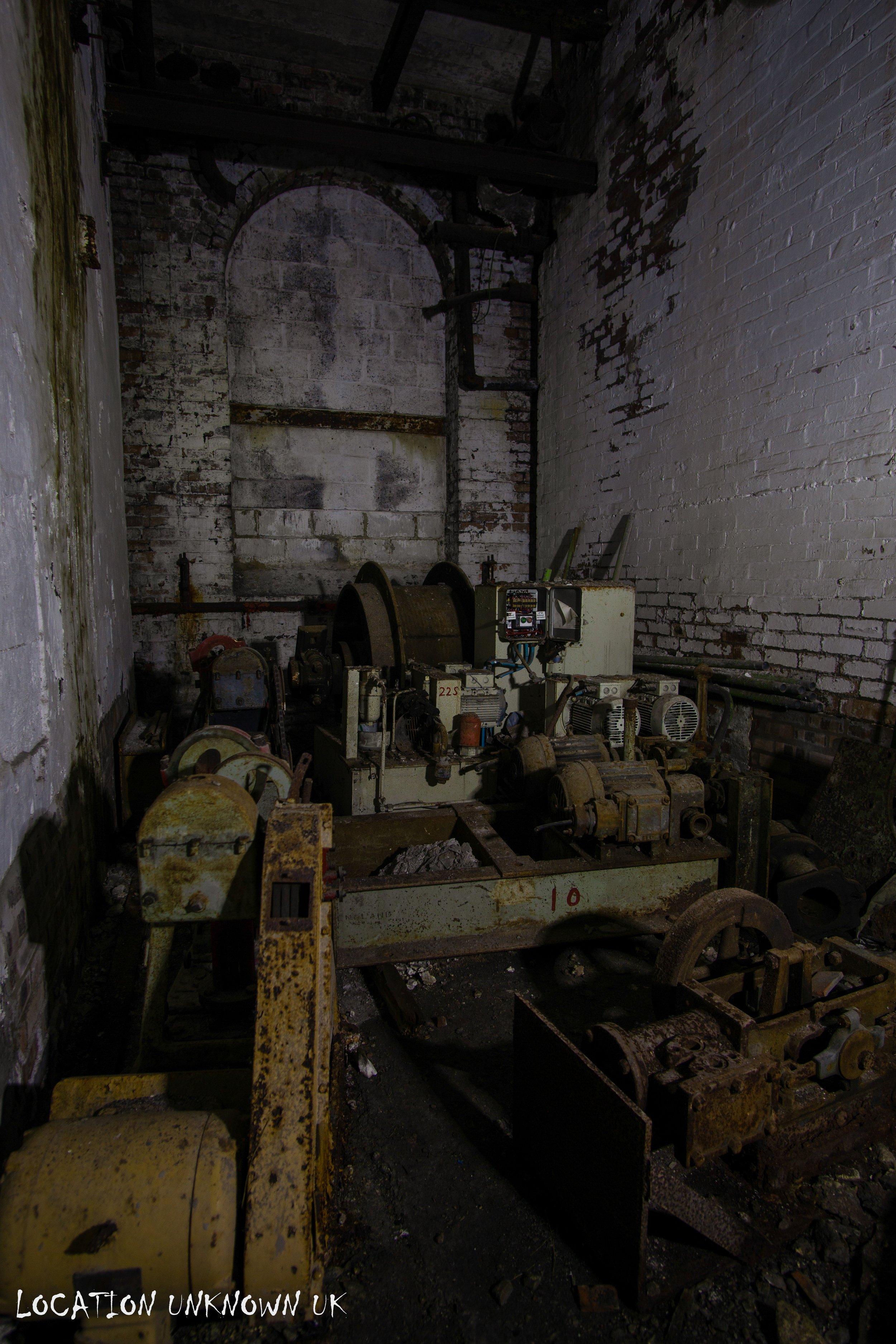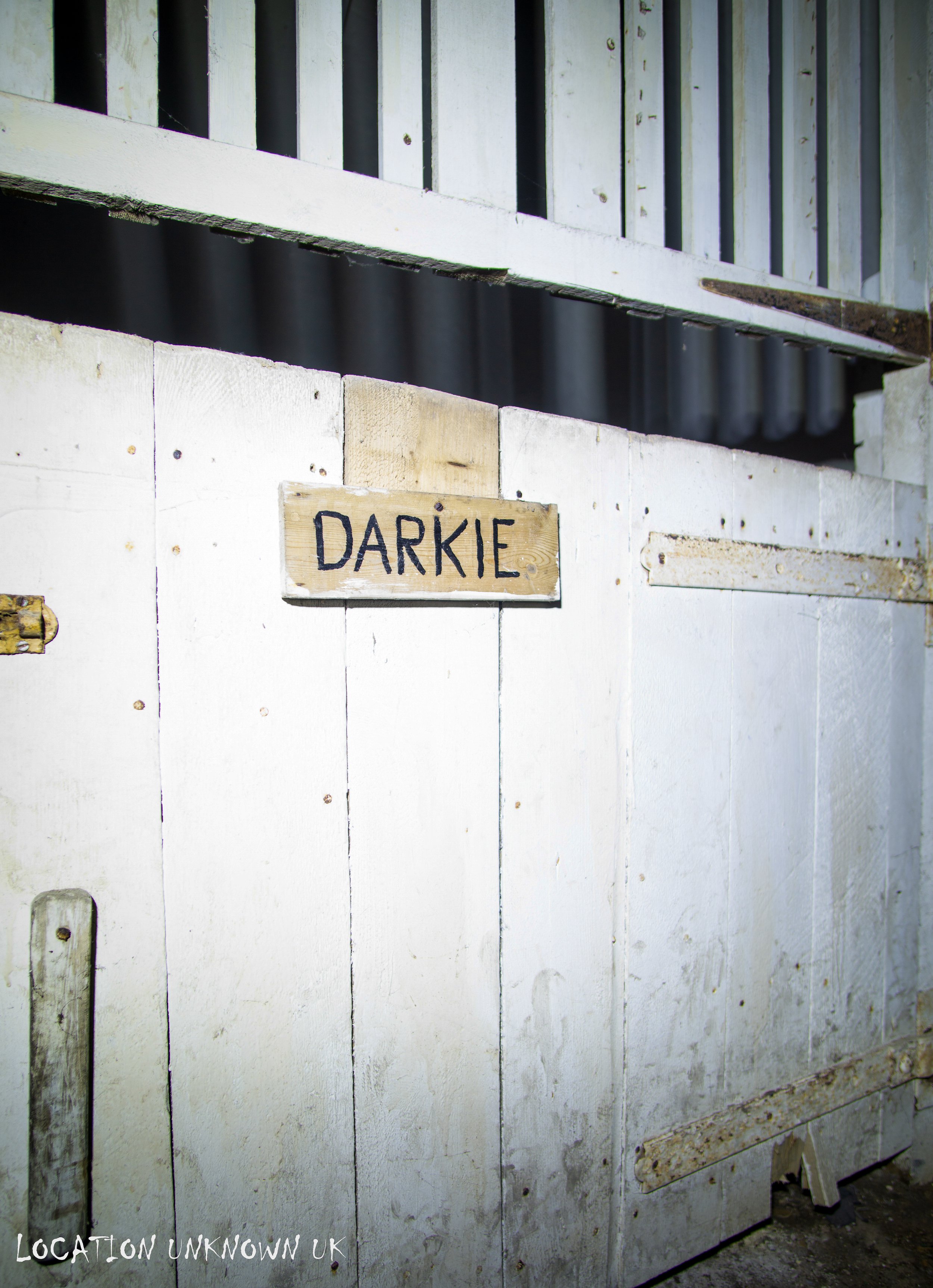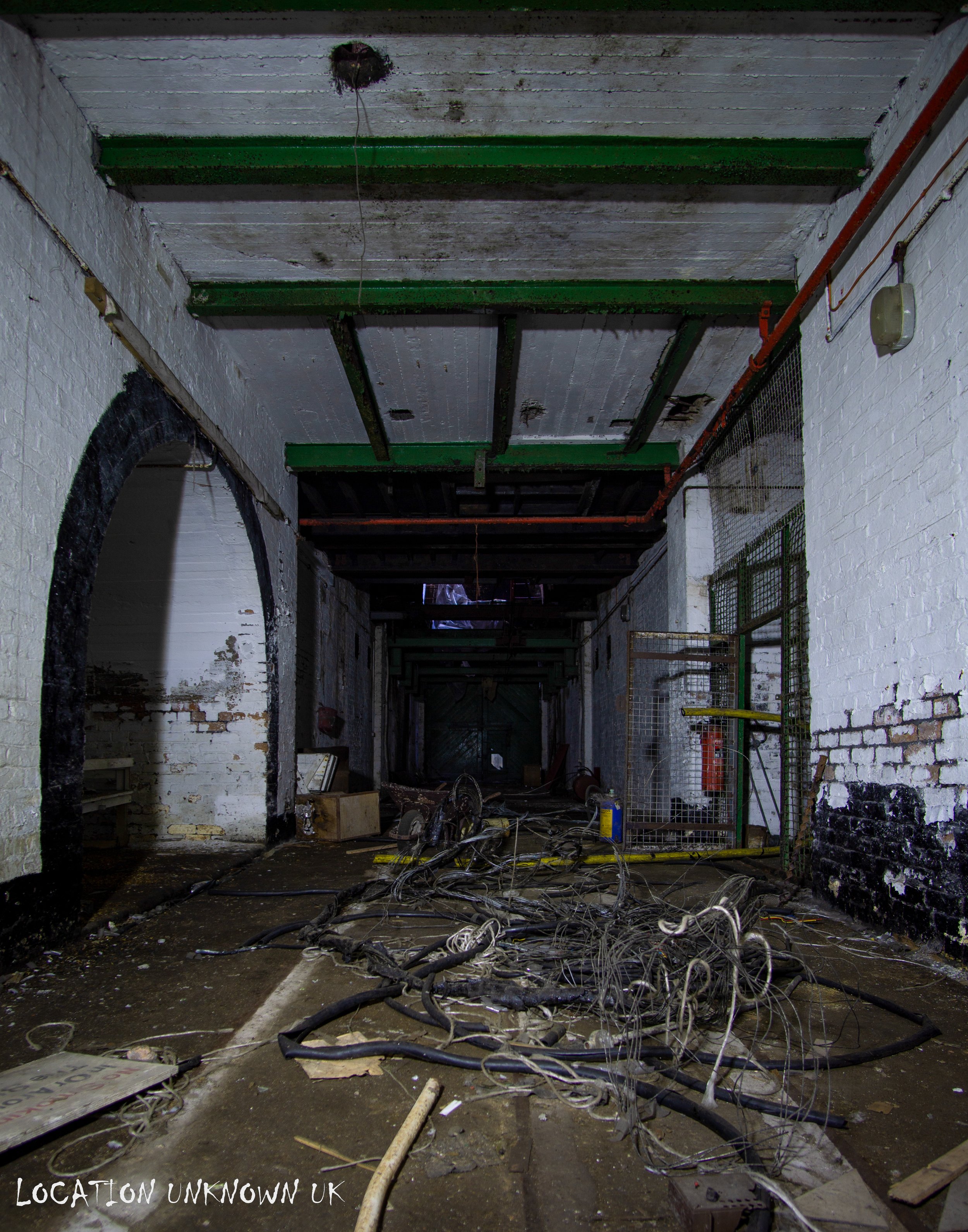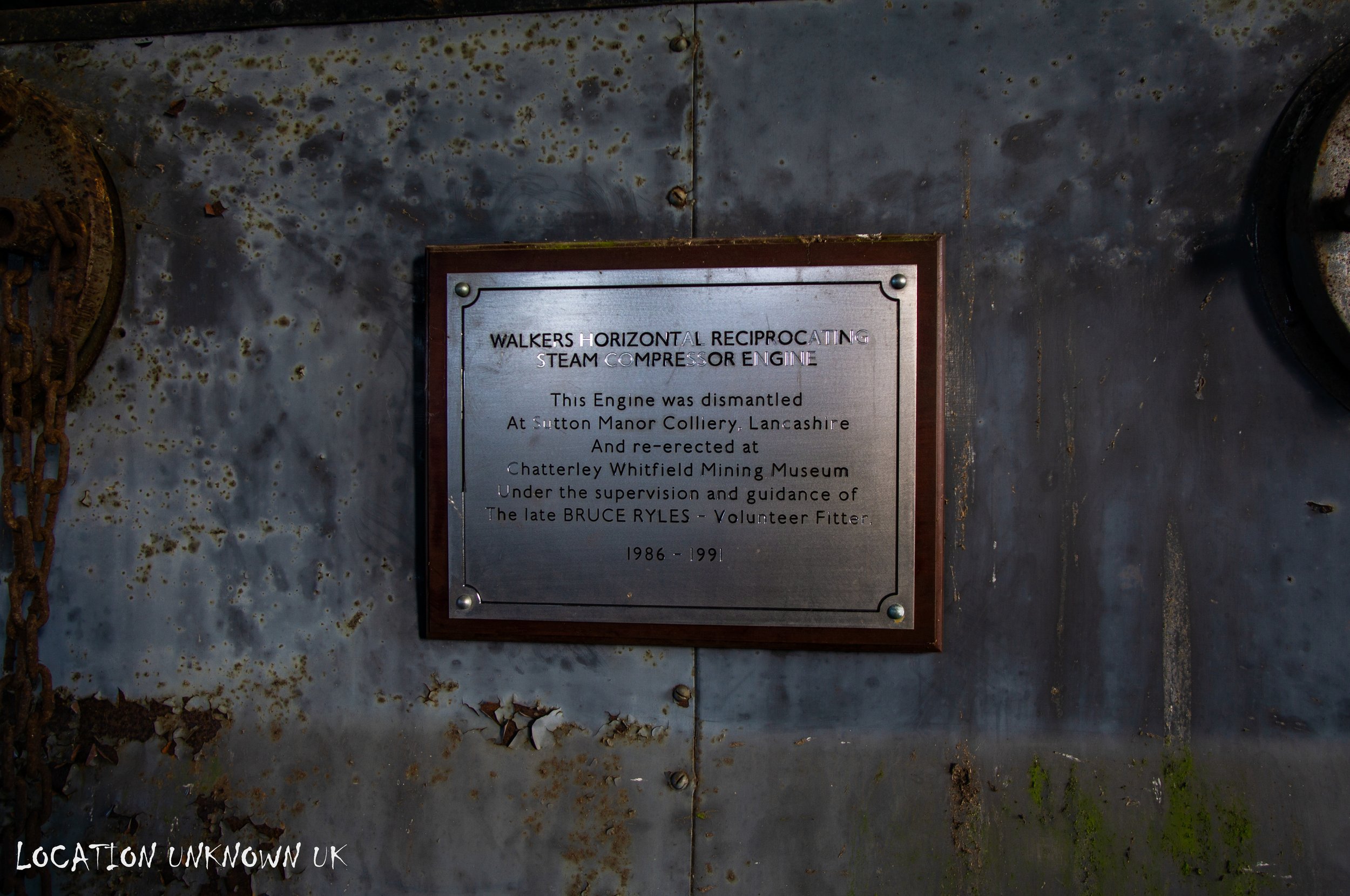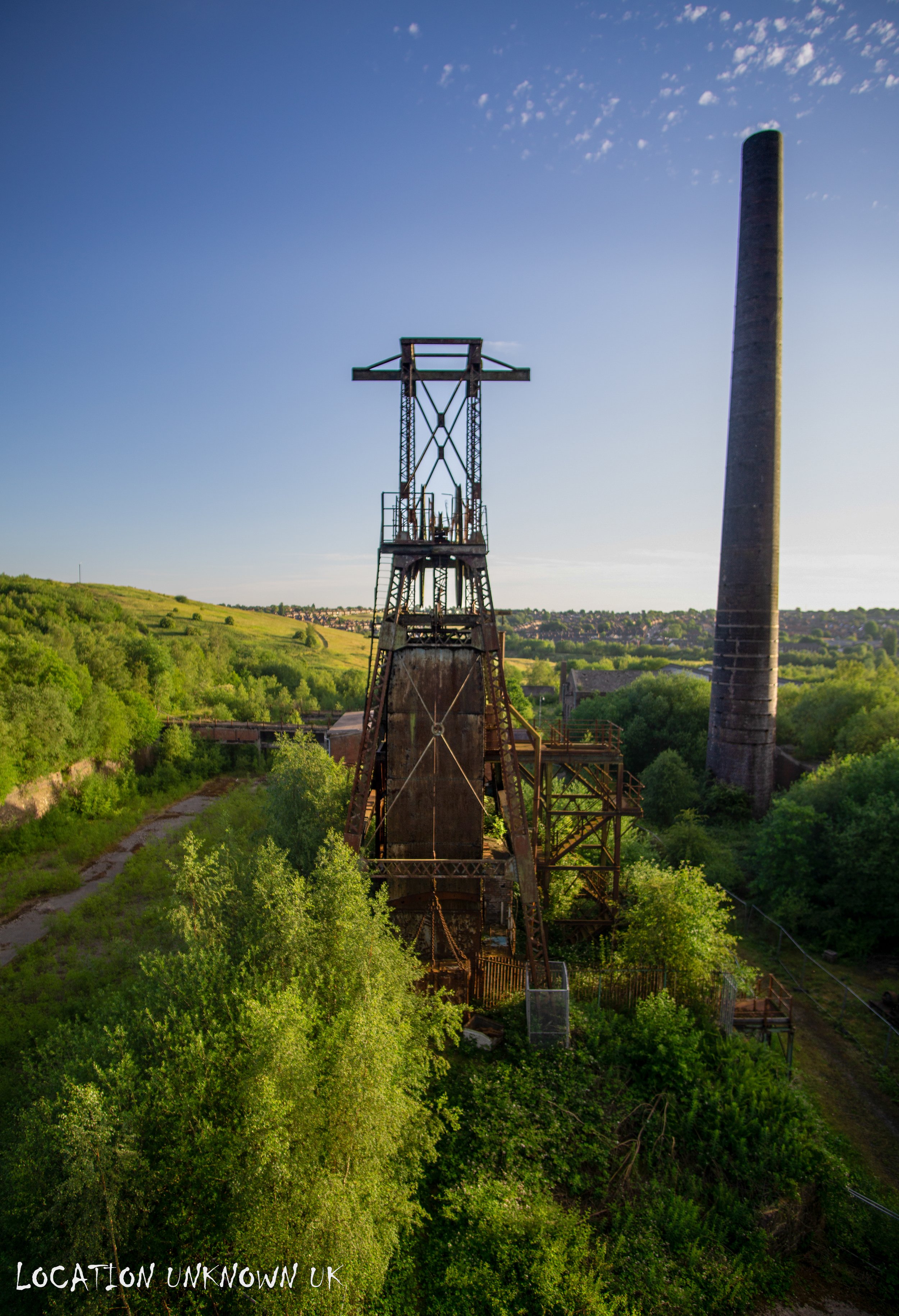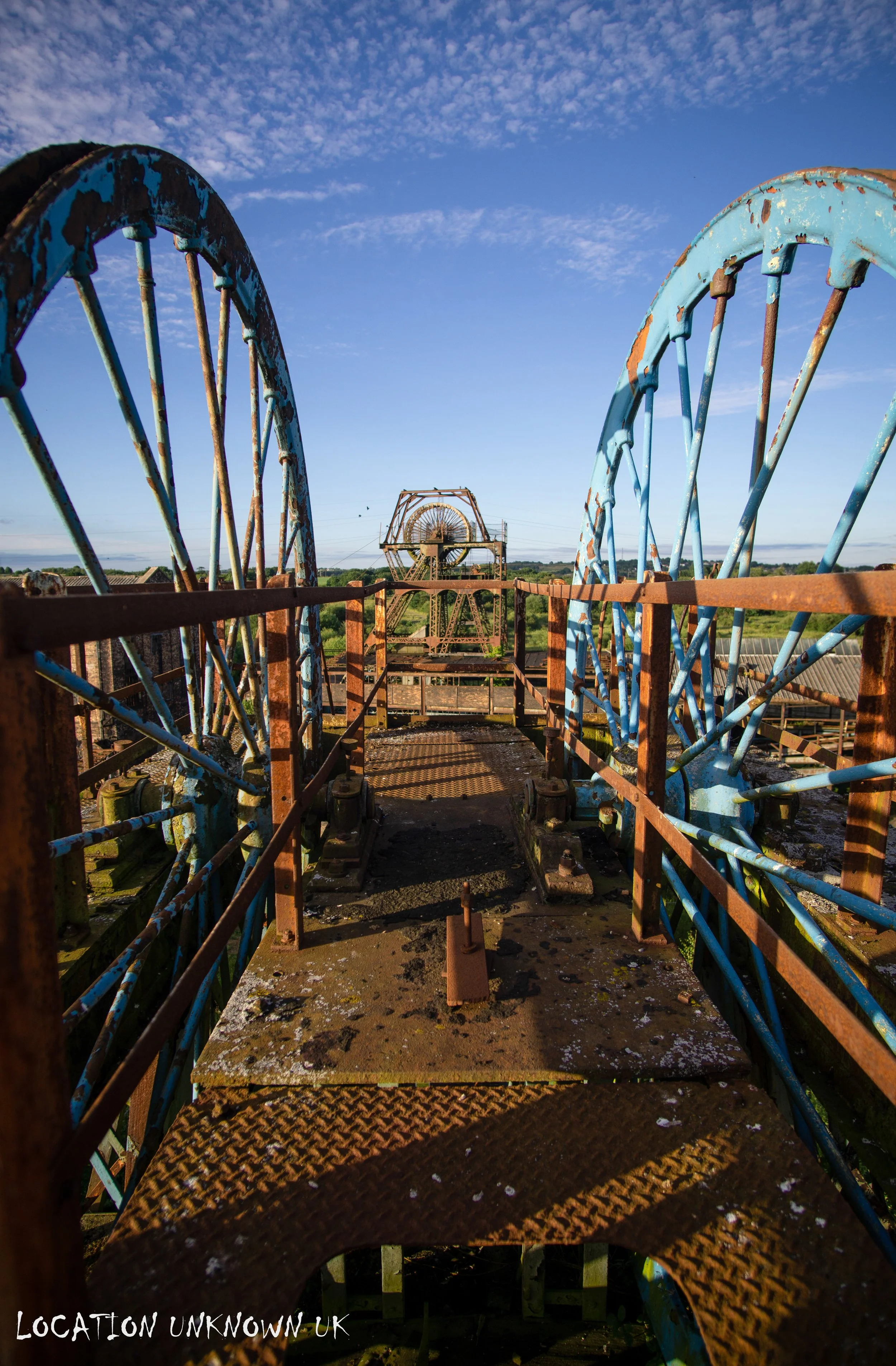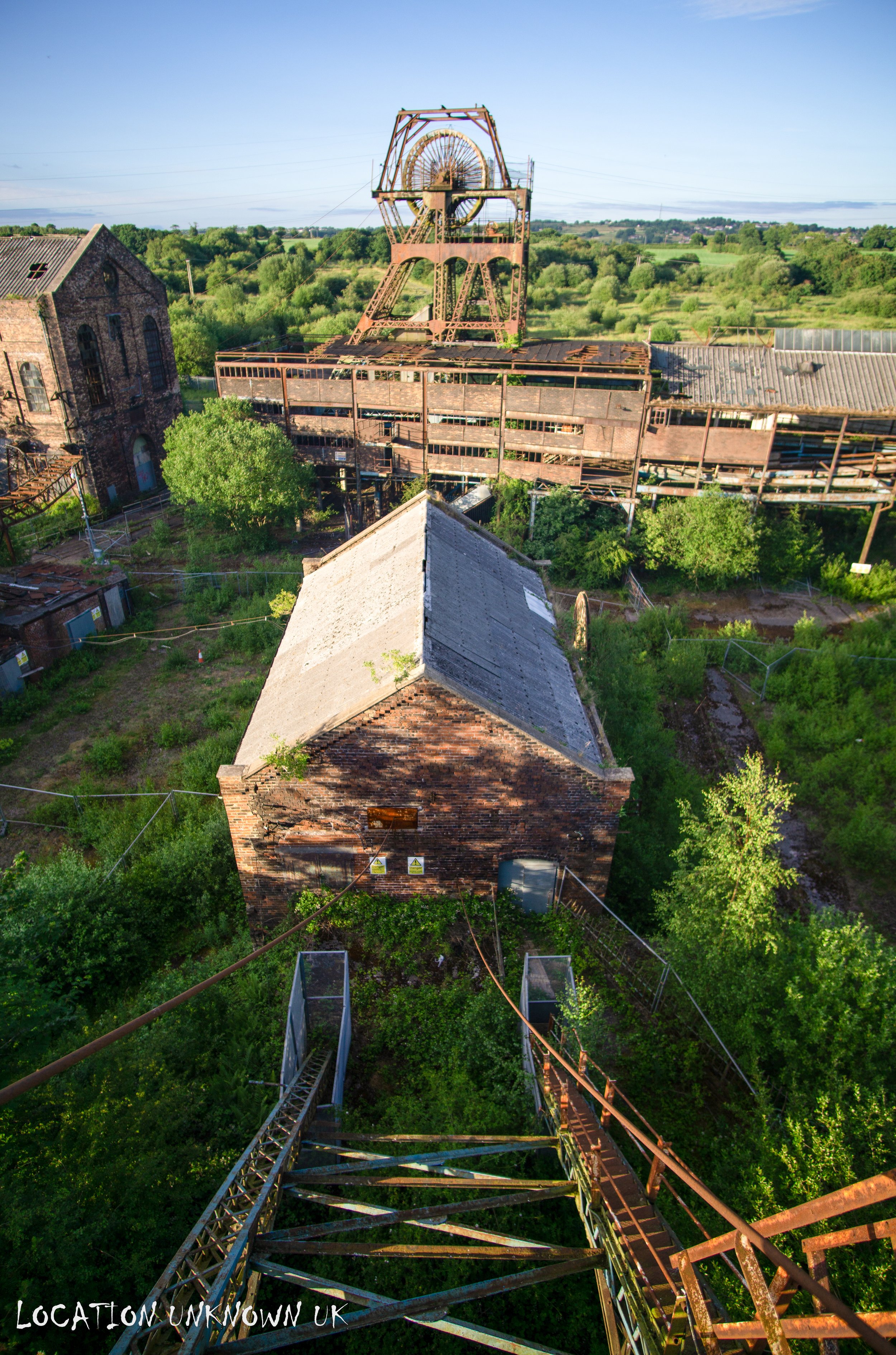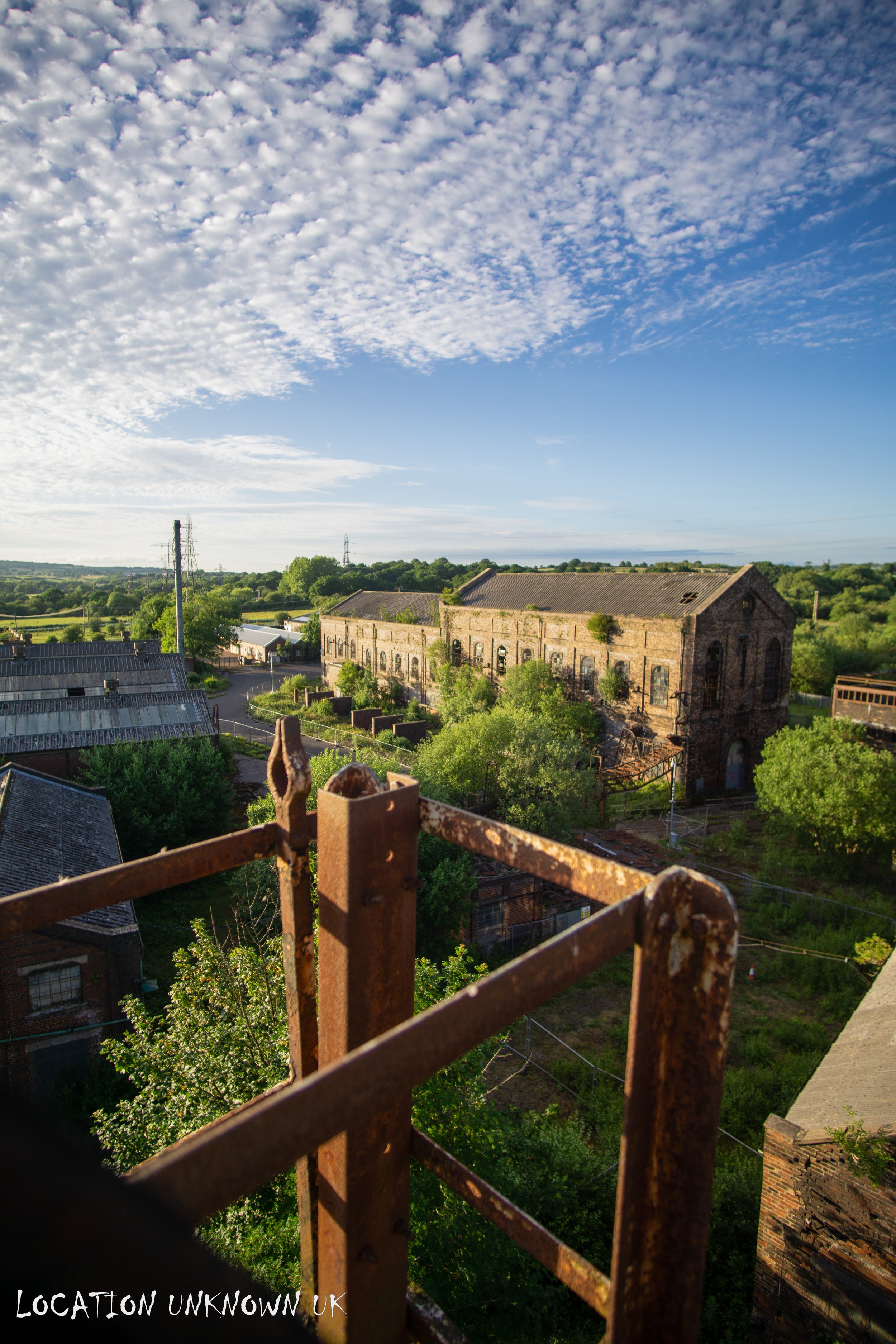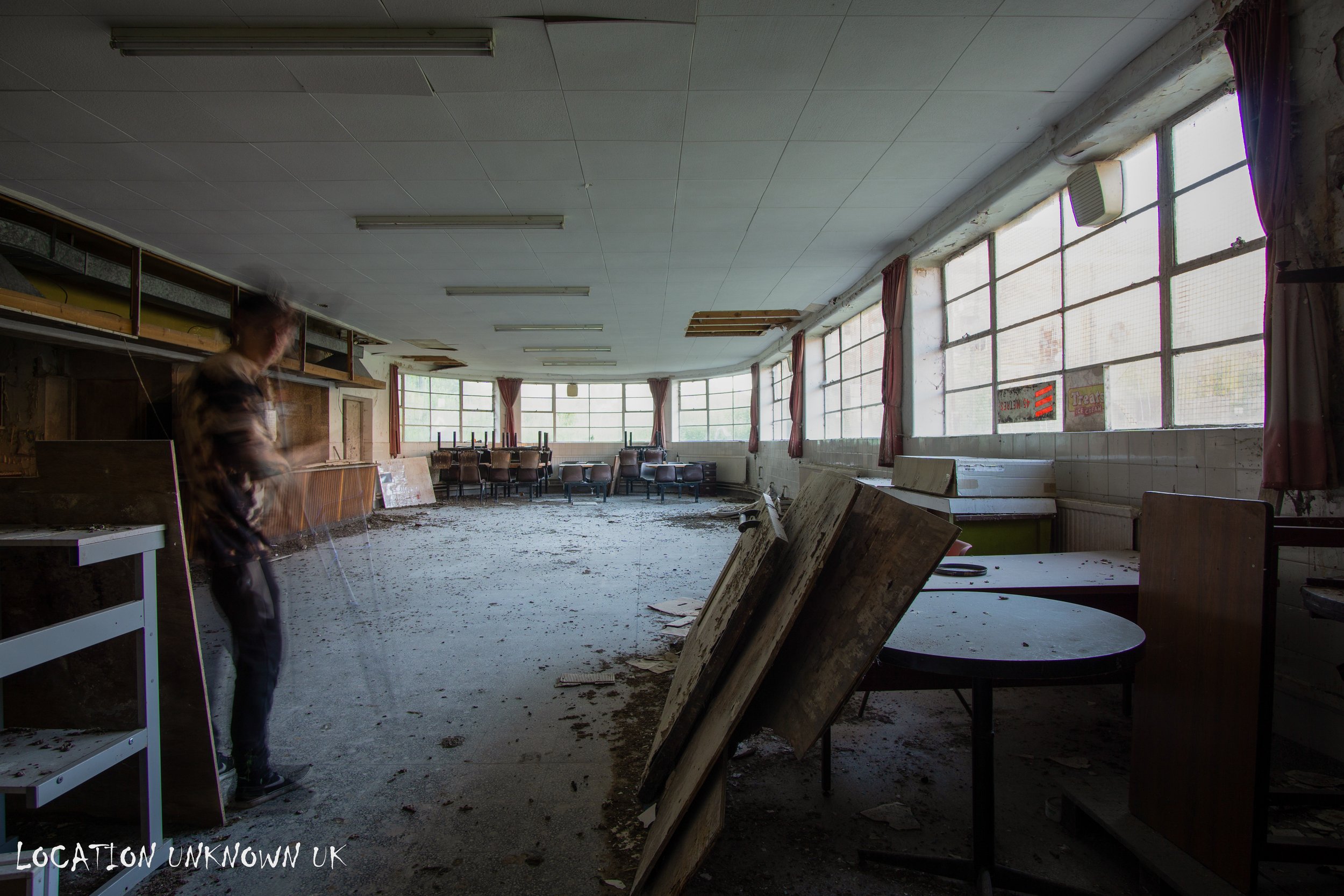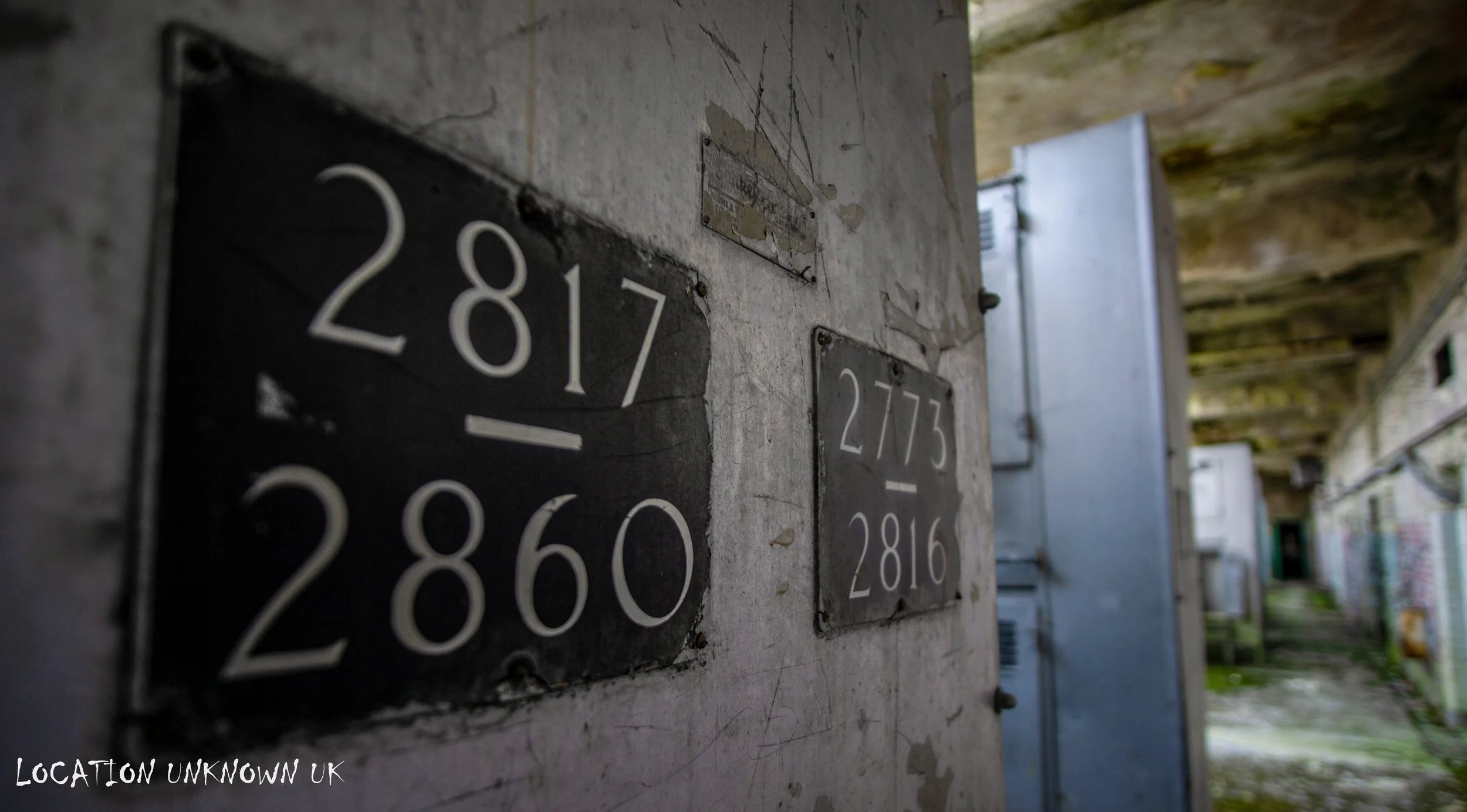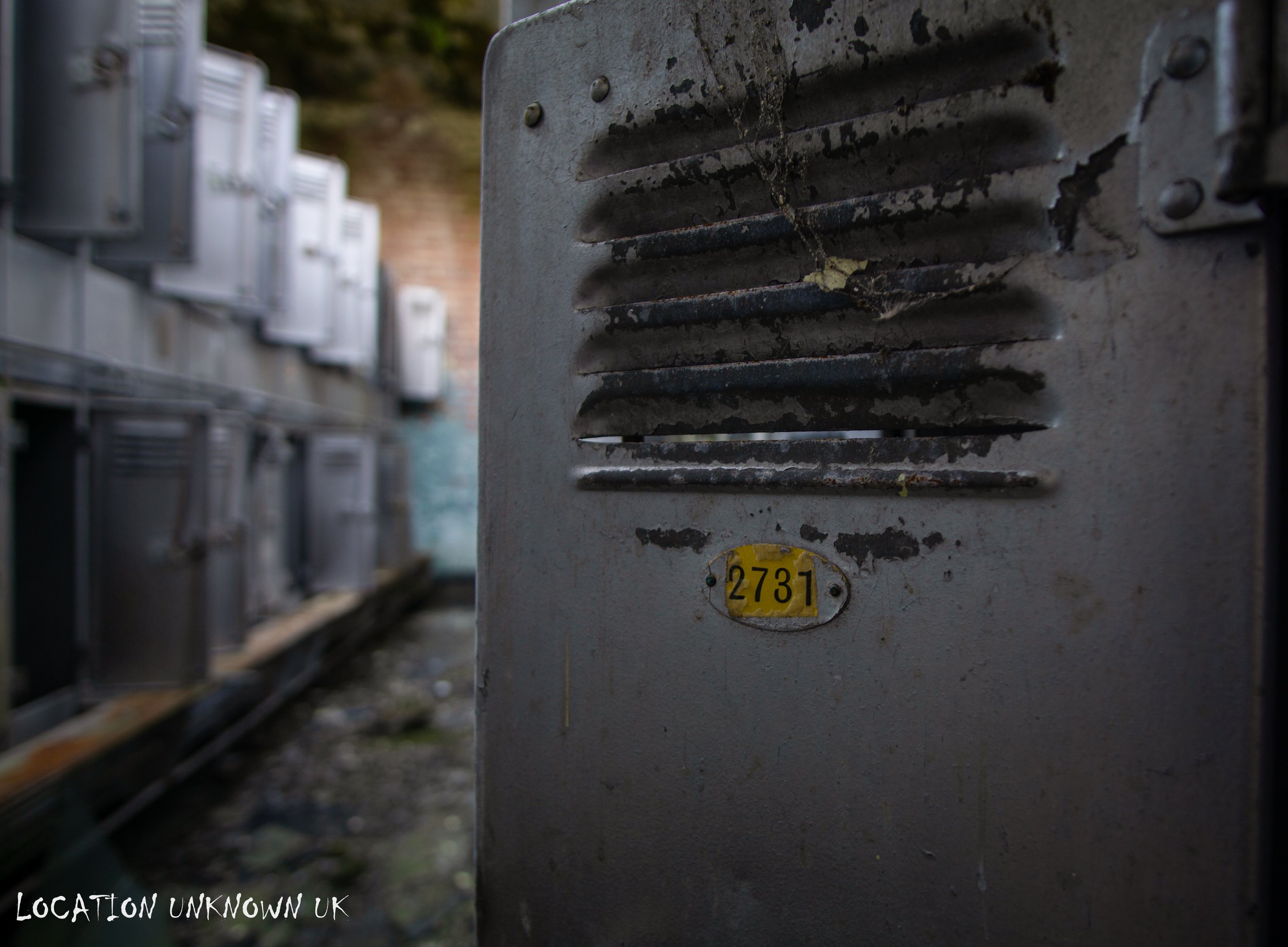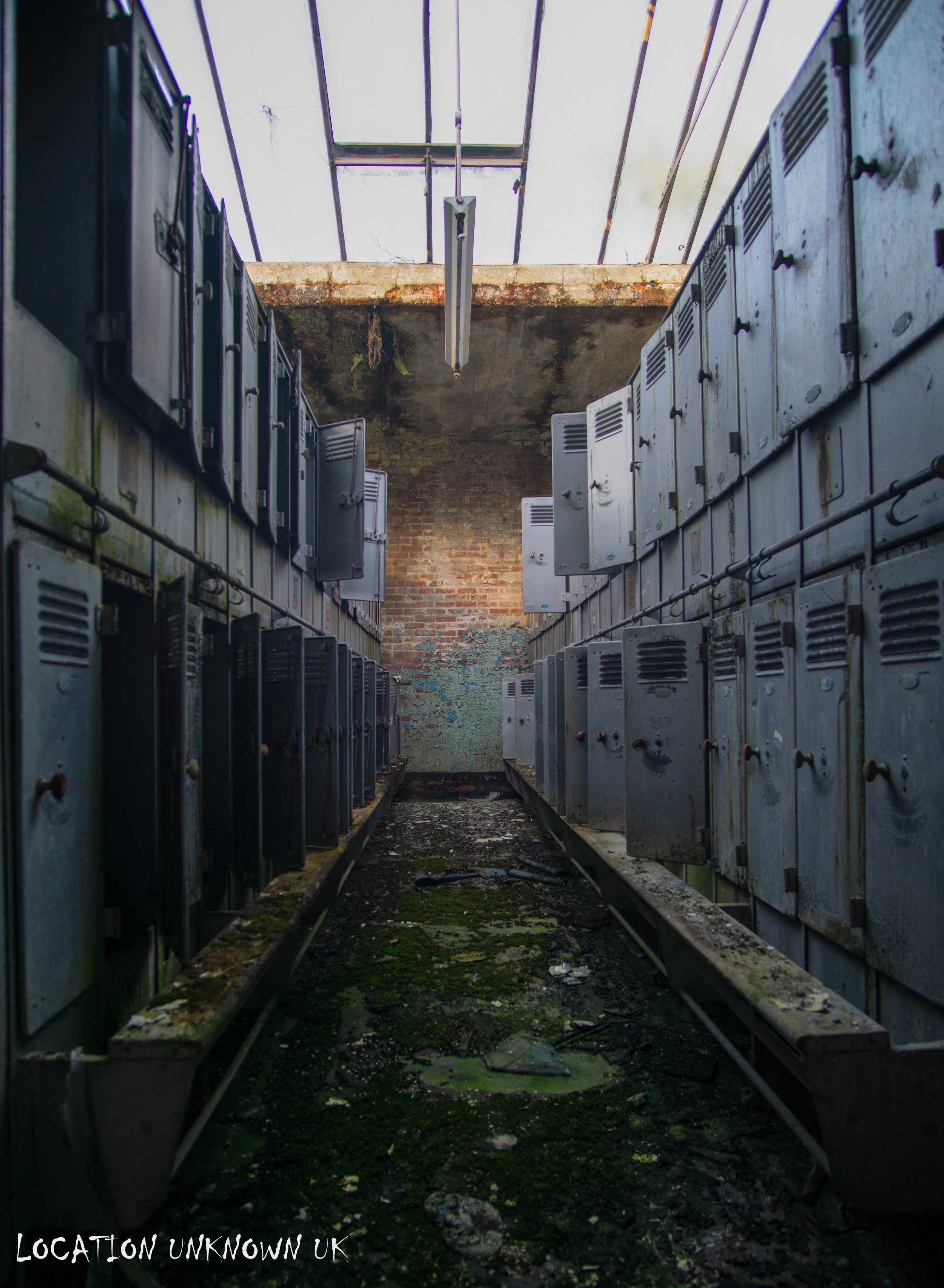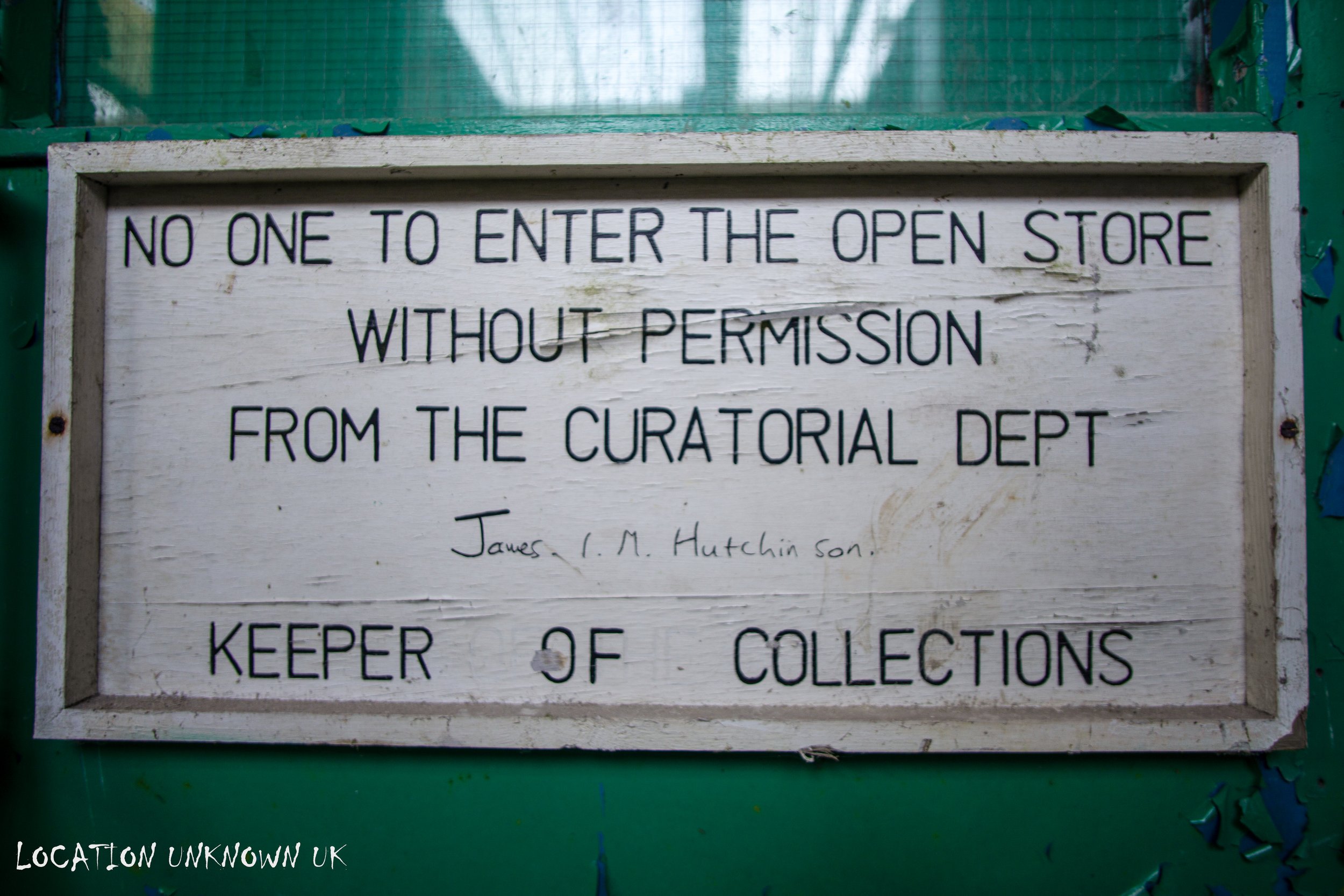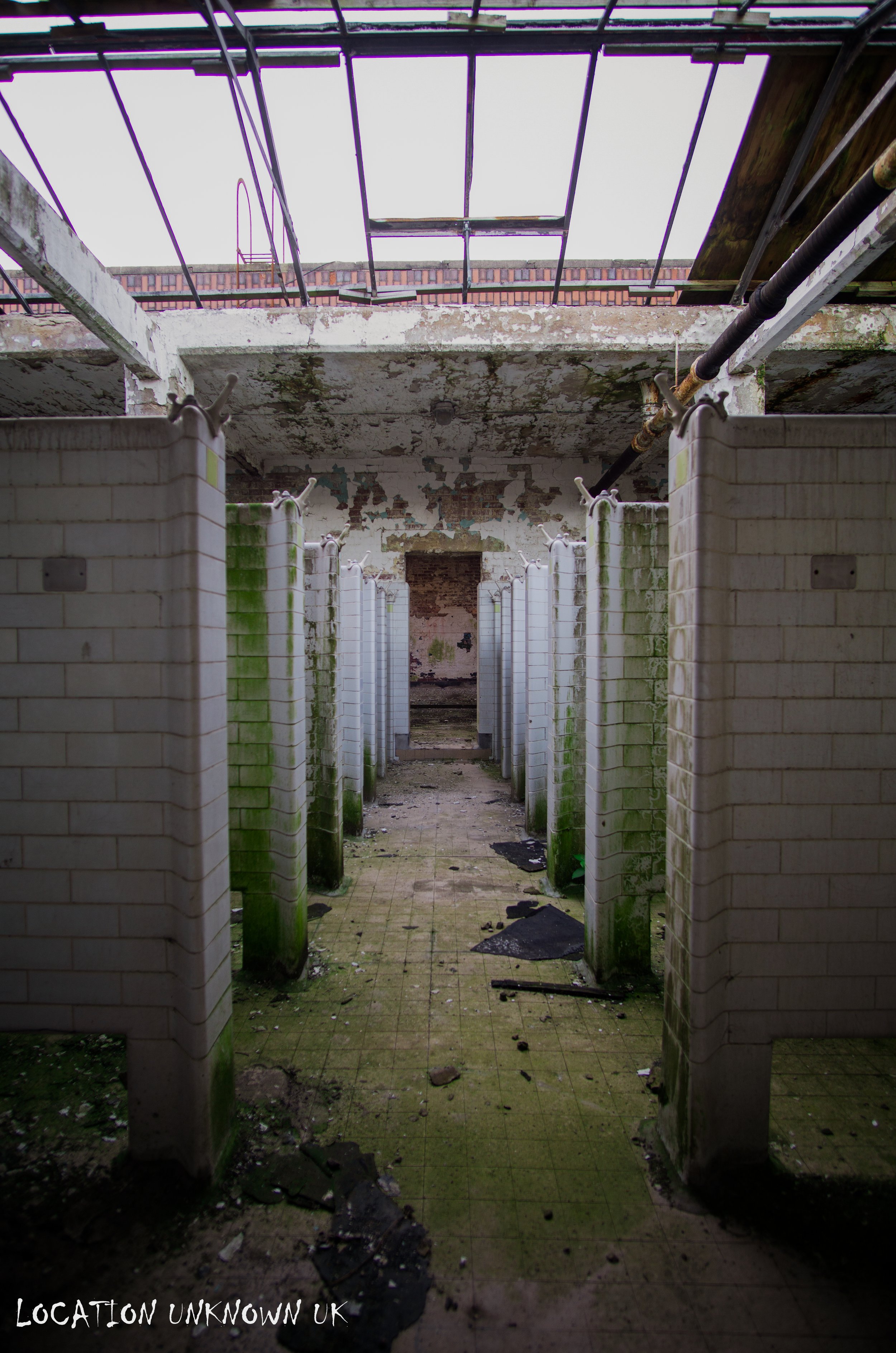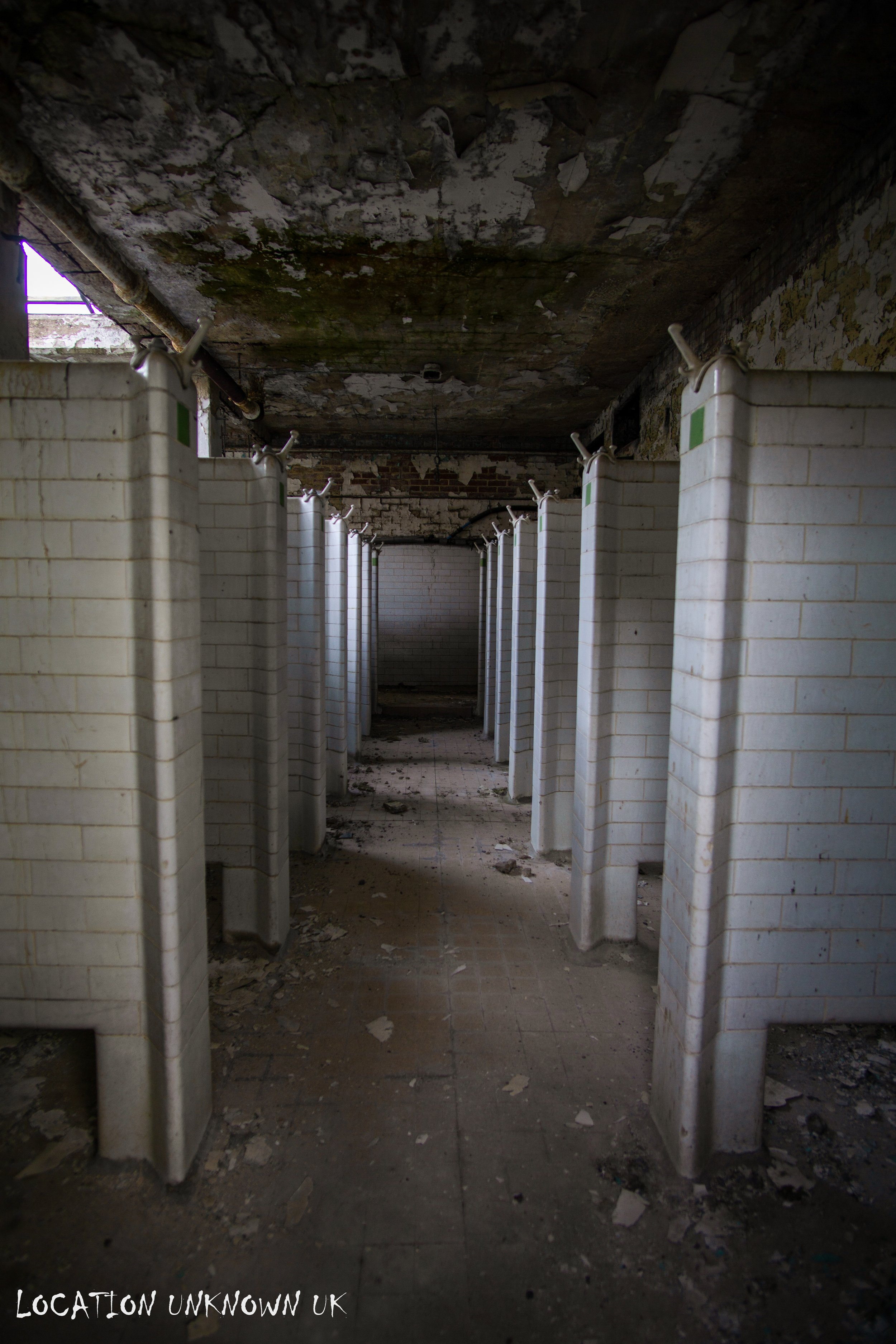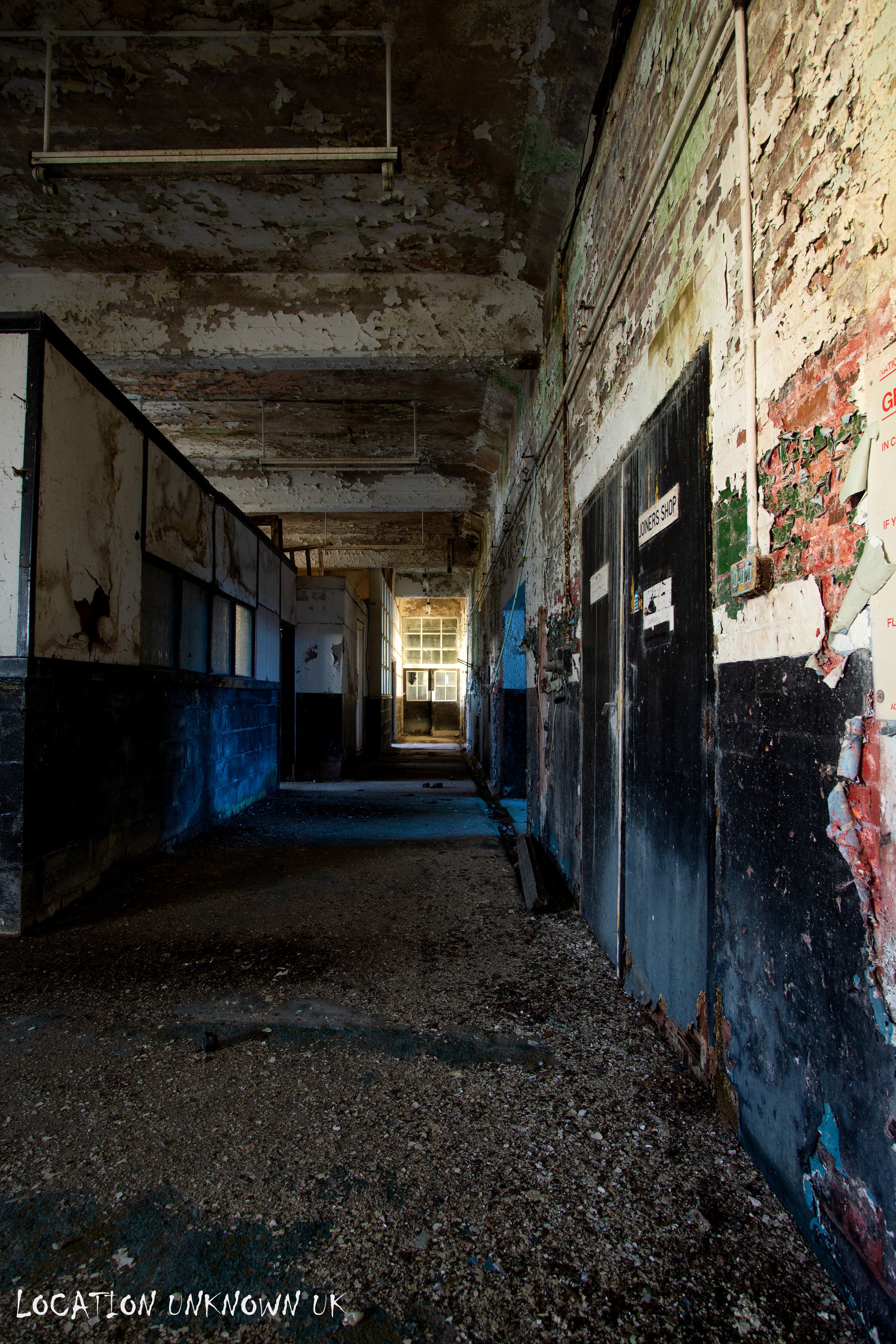Chatterley Whitfield Colliery - Staffordshire
As one of if not the best example of a former colliery in the UK Chatterley Whitfield has been a playground for explorers ever since its closure. I've explored this place countless times over the years, partly due to the fact it's only down the road from me and I've managed to access the site pretty much in its entirety.
Back in late June the sun was beaming down and we decided it was the perfect day to go climb the head stocks. The stairs to most of them had deteriorated badly over the years providing a heightened sense of danger to the already alarming exposure. Having triggered a few CCTV cameras that were following our moves we expected security to arrive soon so we didn't hang around at the top of the head-stocks for too long.
We then explored the Hesketh which at the time the volunteers known as ‘chatterley whitfield friends’ had reported on their Facebook page significant damage to the floor... they weren't wrong. The structure's concrete floor had completely given way in one section leaving a mass of rubble below, I was surprised the rest of the structure was still standing.
We checked out the Hesketh power house and baths before calling it a day managing to avoid yet again the non present security guards. The volunteers here run guided tours around the grounds throughout the year but probably best not to mention you've visited on your own account before.
History
“Chatterley Whitfield Colliery, located near Stoke-on-Trent, England, is a historically significant coal mine that played a pivotal role in Britain’s industrial history and is now recognized as a Scheduled Ancient Monument. Its origins date back to the 13th century with small-scale mining, but it became a major operation in the 19th century as industrialization spurred demand for coal. Established in 1838, the colliery expanded throughout the 19th and early 20th centuries, reaching its peak in 1937 when it became the first in the UK to produce over one million tons of coal in a single year. At its height, the site employed over 4,000 workers and boasted advanced facilities such as winding engines, ventilation systems, and its railway sidings. However, following World War II, the coal industry faced decline due to competition from other energy sources, leading to Chatterley Whitfield’s closure in 1977. Although it briefly operated as a museum, financial and structural challenges led to its closure as a public attraction. Despite this, the site remains the most complete example of a Victorian and early 20th-century deep mining operation in the UK, with key features like the Winstanley and Hesketh Shafts still relatively intact. Efforts by groups like Chatterley Whitfield Friends aim to preserve its legacy, but the site faces significant restoration challenges due to its deteriorating condition and limited funding”.
